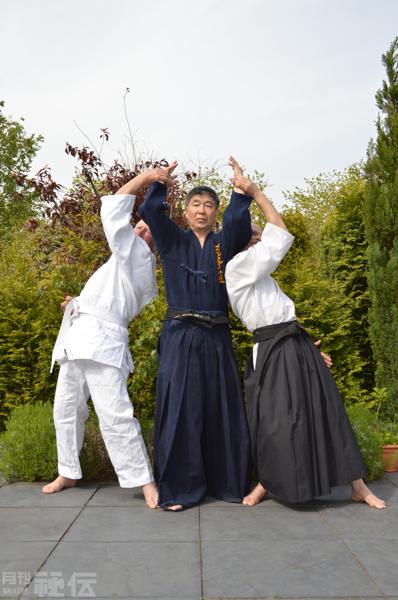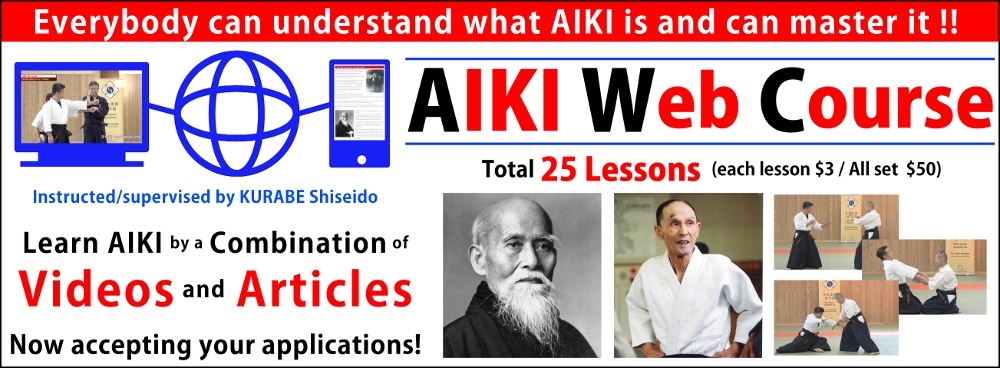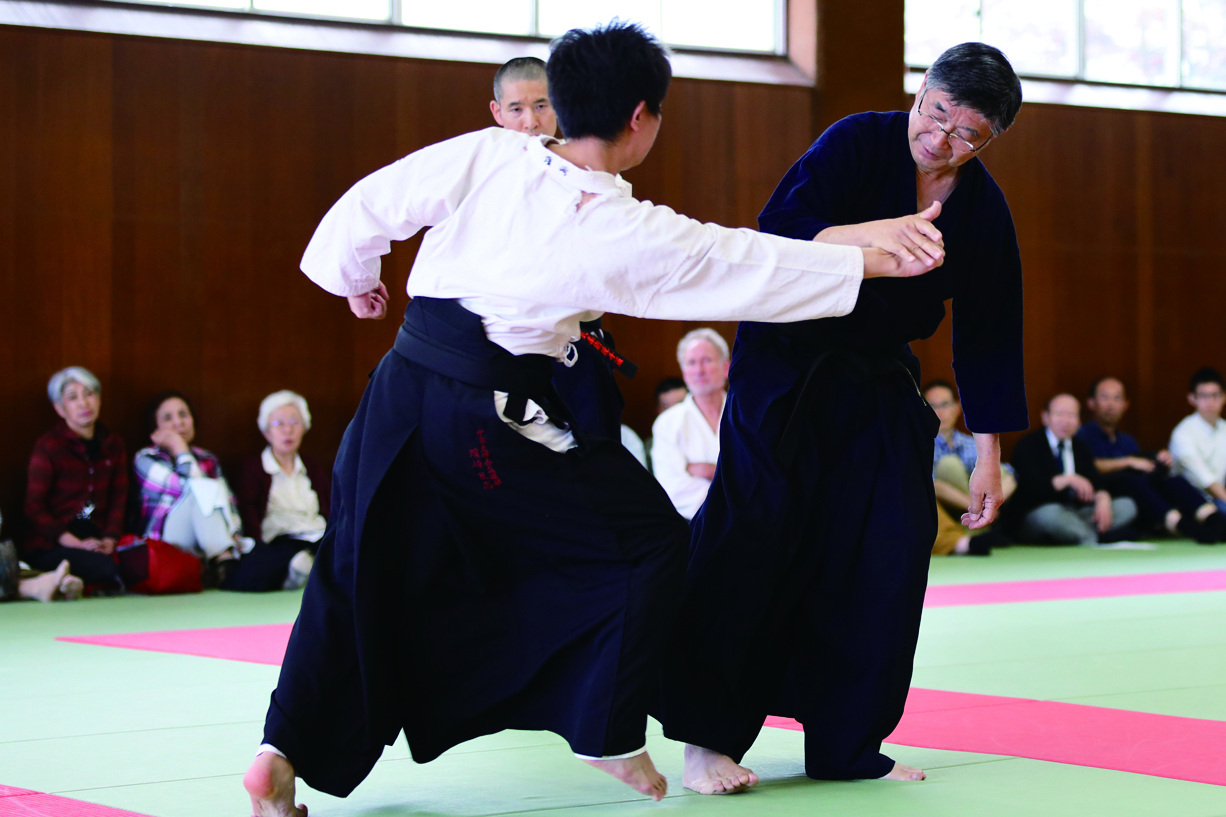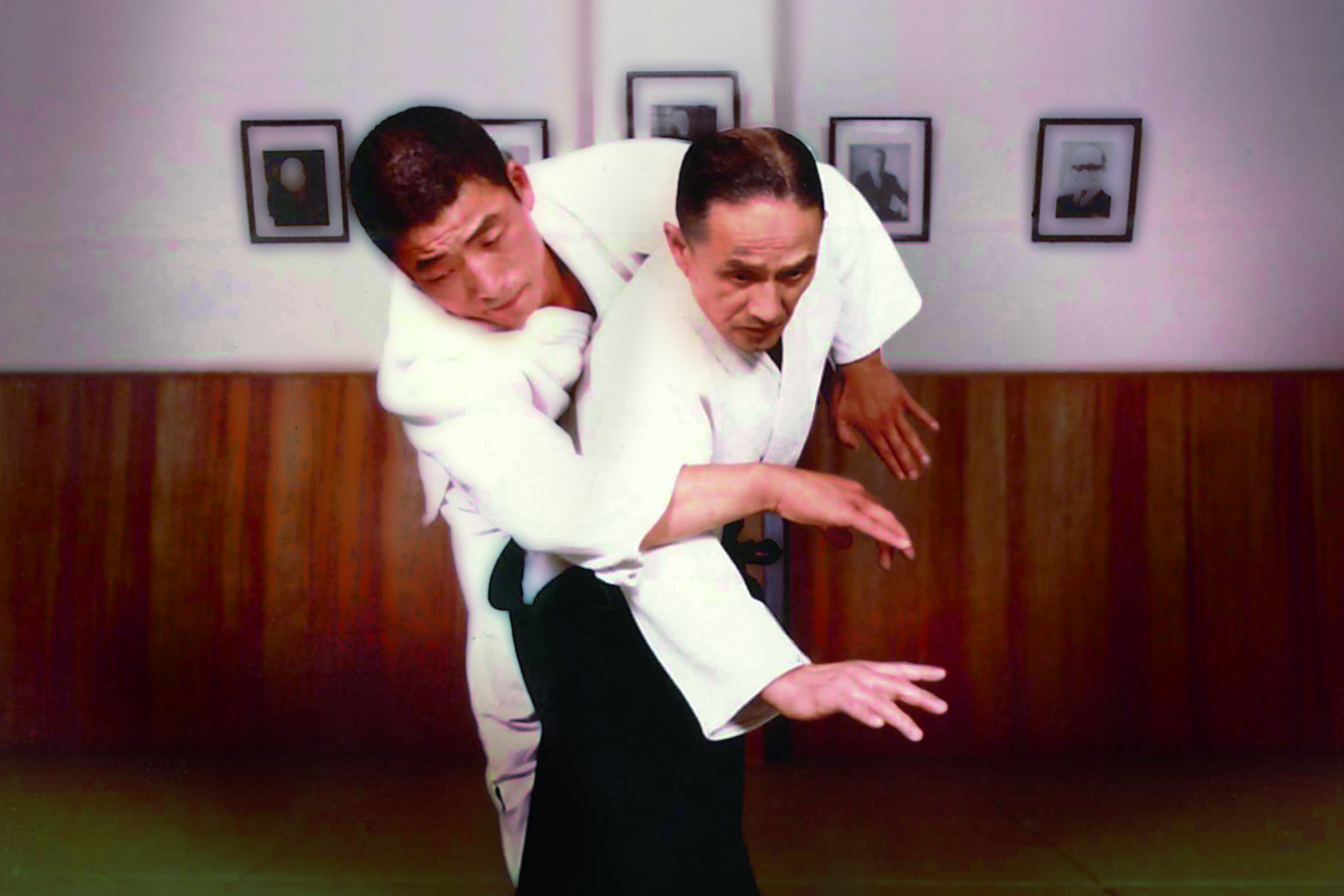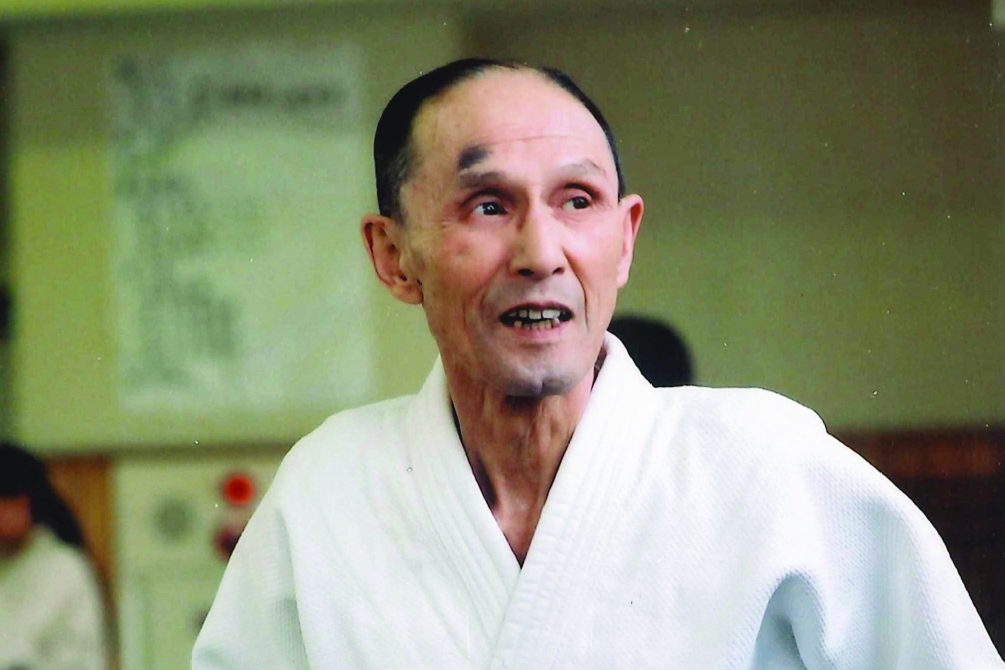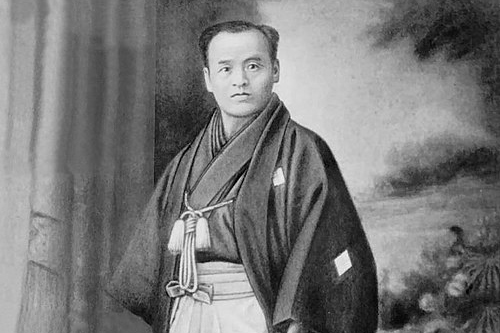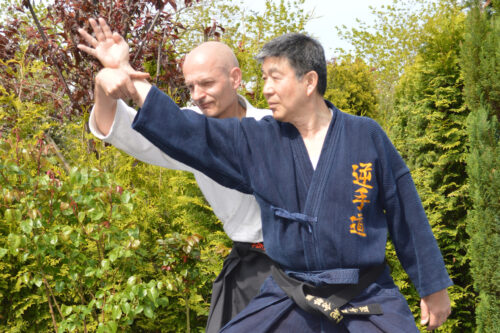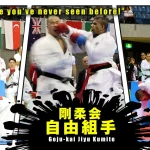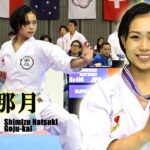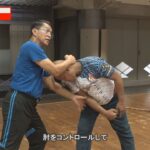» At the starting of AIKI Web Course
【AIKI Web Course Part 1】
Knowledge of AIKI Series 3「Genealogy of Daito-ryu 1」
In this chapter, I would like to briefly describe each of the main disciples who received direct instruction from Sokaku TAKEDA.
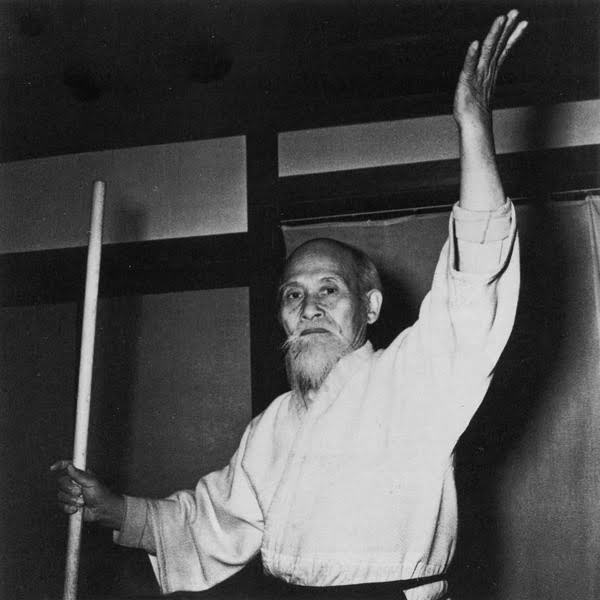
Morihei UESHIBA
【Morihei UESHIBA(1883-1969)】
One of the Bujutsu masters representing modern Japan, who is the founder of Aikido and is admired and respected as O-Sensei, i.e. great teacher, by Aikido practitioners around the world.
At the age of 19, he began learning Jujutsu and Ken Jutsu. At the age of 31, he became a disciple of Sokaku TAKEDA to learn Daito-ryu. After that, he devotedly served Sokaku TAKEDA while receiving a license for the “HIDEN OKUGI, secret arts” of the Daito-ryu, and even taught Daito-ryu students on behalf of Sokaku TAKEDA.
Around the age of 44, he began to distance himself from Sokaku TAKEDA, and after that he began to walk his own path. Due to his involvement with the new religion, Omoto Kyo, he became devoted to mysterious ideas such as a sense of unity with the universe. In 1948, he founded Aikido, which emphasizes spirituality, based on the Jujutsu and Kenjutsu that he had mastered.
Based on the Daito-ryu AIKI Jujutsu technique taught by Sokaku TALEDA, Morihei UESHIBA established the Aikido techniques of naturally collapsing down the opponent and throwing by performing a circular motion. This method of throwing an opponent without requiring a lot of force is perfect for women who have normally less power than men. The organization rapidly expanded after the World War Ⅱ, gaining the support of so-called intellectuals such as doctors, lawyers, and university professors for its ability to realize the idea through practicing its techniques.
He had got a very large number of disciples, especially Gozo SHIOTA, who founded Yoshin-kan Aikido, Isshu SUNADOMARI, who established the Aikido Mansei-kan Dojo in Kumamoto in Kyushu and worked to preserve the techniques of AIKI,Koichi TOUHEI, the founder of Shinshin Toitsu Aikido, Kenji TOMIKI, the founder of Tomiki-ryu Aikido, who practiced randori, Minoru MOCHIZUKI, the founder of Yosei-kan Budo, and Seishiro ENDO, an existing disciple who makes full use of AIKI techniques.
The Aiki-kai he founded has since been passed down to his son and grandchild, and today it has developed into a large organization with over one million disciples in Japan and over 600,000 outside of Japan.
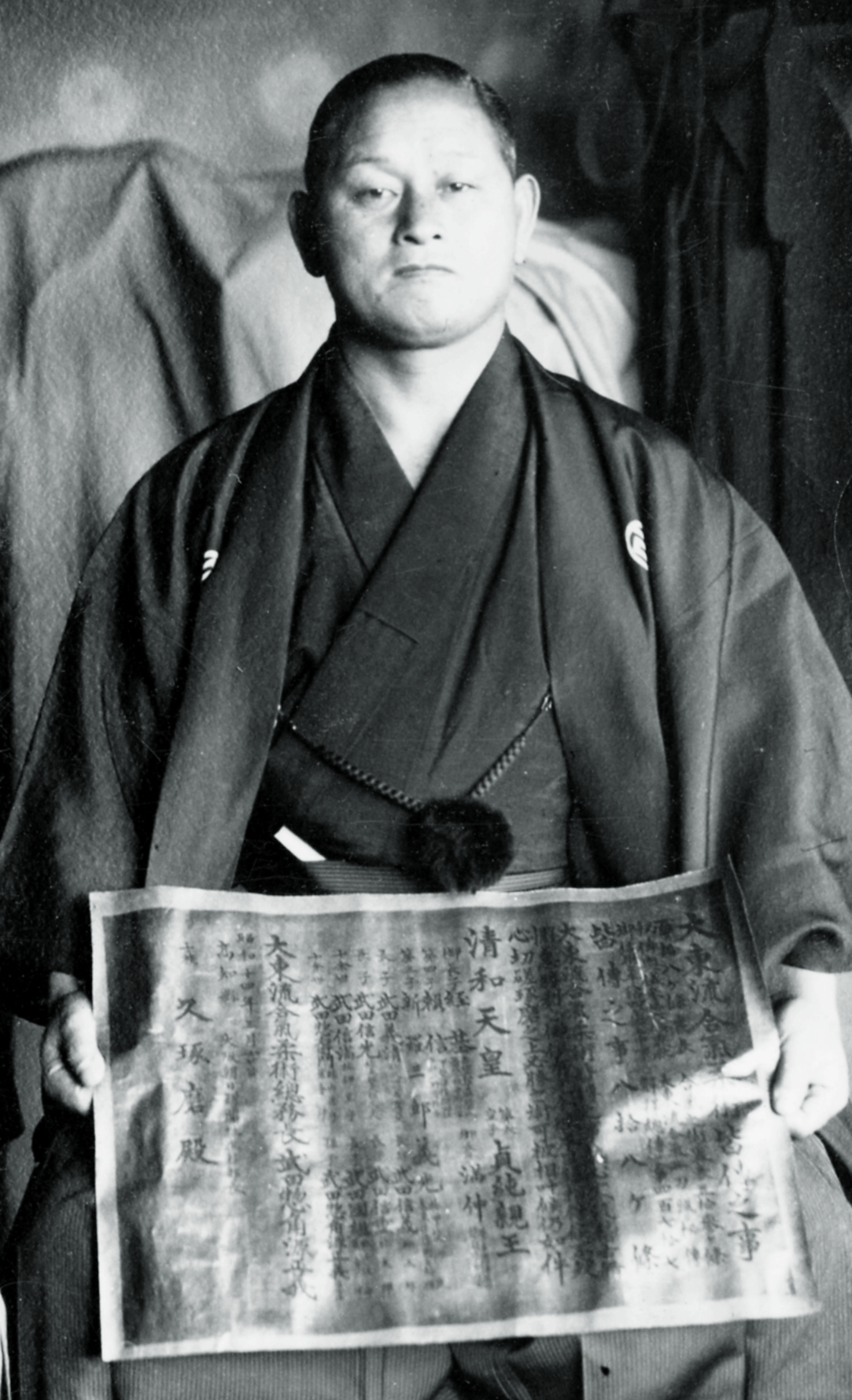
Takuma HISA
【Takuma HISA(1895-1980)】
While working for the Osaka Asahi Newspaper Corp. he became a security guard to protect the newspaper company from a right-wing terrorist’s attacks. At that time, first he learned Daito-ryu AIKI Jujutsu from Morihei UESHIBA, who was still close to Sokaku TAKEDA, and later he learned it from Sokaku TAKEDA himself. Later he received the license of “Menkyo Kaiden”, a certificate mastered all the techniques.
His greatest achievement is that he photographed many of the AIKI Jujutsu techniques taught by Morihei UESHIBA and Sokaku TAKEDA. These photographs were compiled as “Daito-ryu AIKI Budo Densho Complete, total 11 Volumes”, in which HISA’s commentary was added to the each techniques. The book, commonly known as “Soden”, whole techniques transferred, conveys more than 500 valuable techniques to the present day.
In 1956, Morihei UESHIBA awarded him 8th Dan of Aikido. In 1975 Daito-ryu Takuma-kai was founded, and while teaching, he was also active in publishing.
Many of HISA’s techniques are Jujutsu-based techniques that are also influenced by Judo. However, his style has also a lot of AIKI techniques that does not require strong force. And that is the difference from Tokimune style.
HISA’s disciples include Kouzui TSURUYAMA, who advocated the Japanese tradition of AIKI Jujutsu, which consists of the three major techniques of “Jujutsu, AIKI Jujutsu and AIKI no Jutsu” and the former general manager of Takuma-kai, Hakaru MORI.
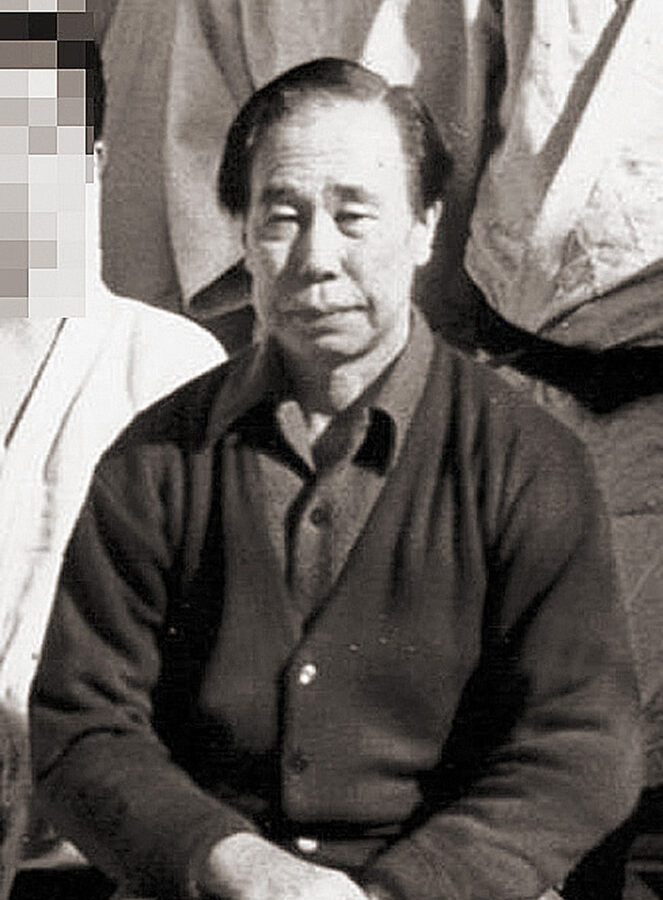
Yukiyoshi SAGAWA
【Yukiyoshi SAGAWA(1902-1998)】
Born in Yubetsu, Hokkaido. Daito-ryu Sohan. In 1914, at the age of 12, he became a disciple of Sokaku TAKEDA. When he was 17,he became aware of the method of AIKI. In 1932, at the age of 30, Sokaku TAKEDA allowed him to become a substitute instructor, and he traveled around the country teaching Daito-ryu AIKI Jujutsu with Sokaku TAKEDA. In 1955, he opened a Dojo in Kodaira, Tokyo, and began teaching students. As he grew older, he devoted himself more and more to researching AIKI techniques, and further developed the AIKI techniques taught by Sokaku TAKEDA.
The AIKI he used is the techniques that nullify the opponent’s force, and the force he used is described as “transparent force”. He was extremely secretive and never allowed to take video of his performances nor teaching except for a limited number of photographs of him. And he never let his disciples take notes. Therefore, I have not seen his technique myself, so I can’t discuss it accurately. But it seems that his techniques were dynamic techniques that he can instantly threw an opponent.
It is said that Judo practitioners who visited his Dojo were easily thrown away by him, a small old man with a height of 163 cm. His disciples include Tatsuo KIMURA, Ken TAKAHASHI, Yoshio OHARA and Keisetsu YOSHIMARU.
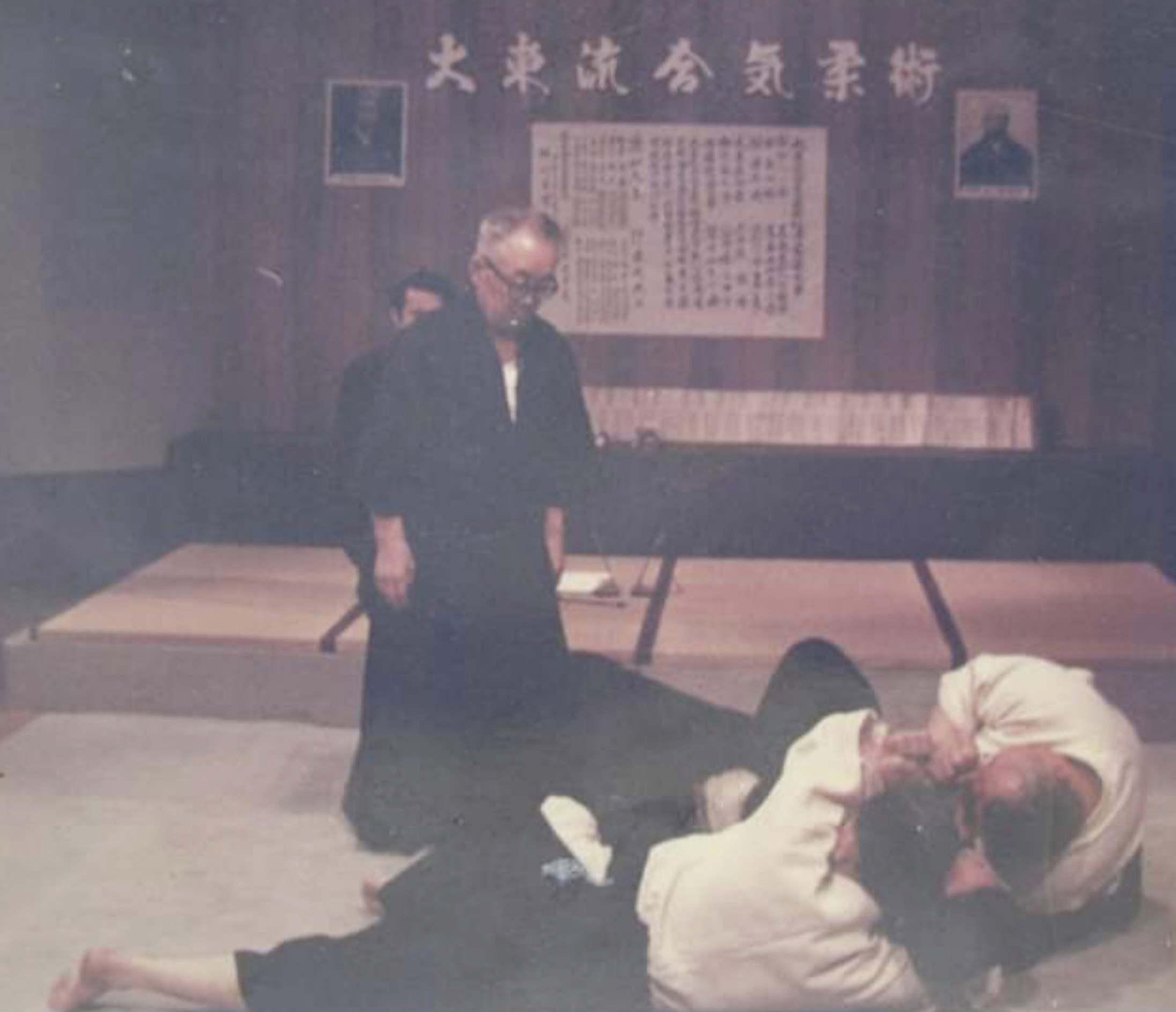
Kodo HORIKAWA
【Kodo HORIKAWA (1894-1980)】
Sokaku TAKEDA often visited Kitami city in Hokkaido to teach his AIKI Jujutsu. In 1914, at the age of 20, Kodo HORIKAWA became a disciple of Sokaku TAKEDA and eventually received the “List of the Secret AIKI technique”. He was a disciple of Sokaku TAKEDA in his later years. 1942 He founded Daito-ryu AIKI Jujutsu Kodo-kai in Yubetsu, Hokkaido
In 1974, at the advocacy of KazutoISHIDA, former Chief Justice of the Supreme Court, Kingo MACHIMURA, Minister of Home Affairs, Hiroki OTSUKA, Soke of Wado-ryu Karatedo, and Naohiro DOGAUCHI, Governor of Hokkaido, honored him as a “Permanent Master”.
Kodo HORIKAWA further had developed the matured AIKI which was originally taught by Sokaku TAKEDA in his later years. His AIKI was so unique that was called as“Soft Aiki”that throws the opponent with a tiny physical strength. His disciples include Yusuke INOUE, Muko NISHIKIDO, Seigo OKAMOTO of Roppo-kai, and Hiroo IIDA of AIKI Self-Defense Jutsu Muden-juku.
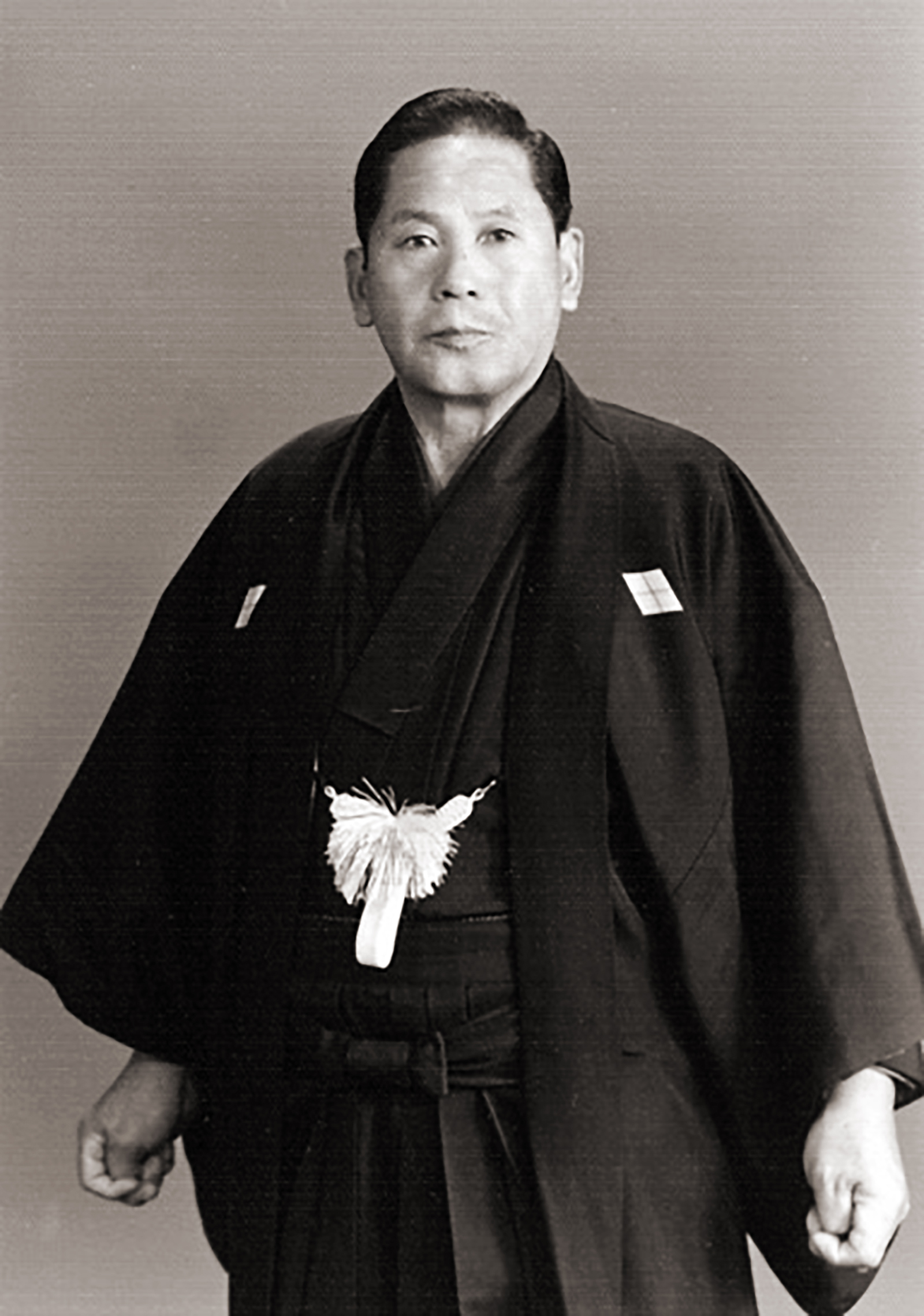
Tokimune TAKEDA
【Tokimune TAKEDA(1916-1993)】
Soke of Daito-ryu Aiki Budo. He is the third son of Sokaku TAKEDA and learned Daito-ryu from his father. After the World War II, he opened the Daito-kan Dojo in Abashiri, Hokkaido, where he trained many disciples. During the days when he worked for the Hokkaido police office, he made a big reputation as a Kenjutsu master, and was feared by outlaws under the nickname “Onitake,i.e. amonster “.
Tokimune himself had a strong physique and strength, so there are many orthodox Jujutsu techniques that throw an opponent with strong force. His disciples include Katsuyuki KONDO and Yoshihisa ISHIBASHI.
In 2010, Tokimune TAKEDA’s posthumous manuscripts were published in the monthly Budo journal “HIDEN”. And Sokaku’s will, Secret Chuden, Shintsu Rikiho (Shingon Esoteric Buddhism/Shugendo), the theory of AIKI, and the practical training methods, those were opened to the publicfor the first time. This made it clear that Sokaku TAKEDA was the founder of Daito-ryu.
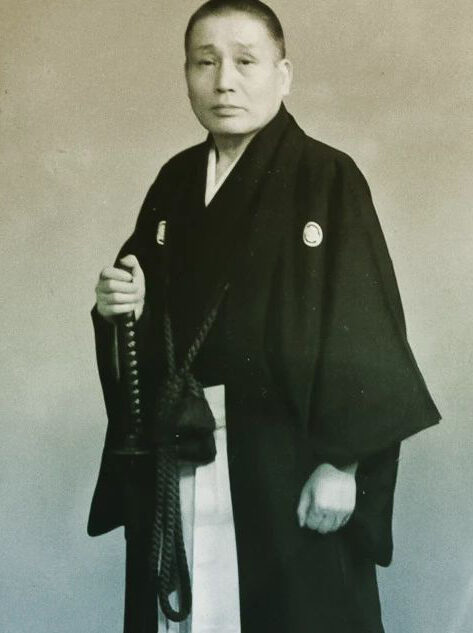
Kakuyoshi YAMAMOTO
【Kakuyoshi YAMAMOTO(1914-1982)】
He calls himself as the 36th head of Daito-ryu AIKI Jujutsu. He is the founder of the Mugen Shinto-ryu Iaijutsu. Born in Akita prefecture, he became a disciple of Sokaku in 1937, and was appointed as a substitute instructor in 1942. From Sokaku, along with Daito-ryu AIKI Jujutsu, he learned Ono-ha Itto-ryu Ken Jutsu.
After the World War II, he opened a Dojo in Tomakomai city in Hokkaido, and taught his students. In 1963, based on the Bujutsu he learned from Sokaku TAKEDA, he founded the Iai Jutsu school Mugen Shinto-ryu. His main disciples include Kinbei SATO and Zenyu NAGAO.
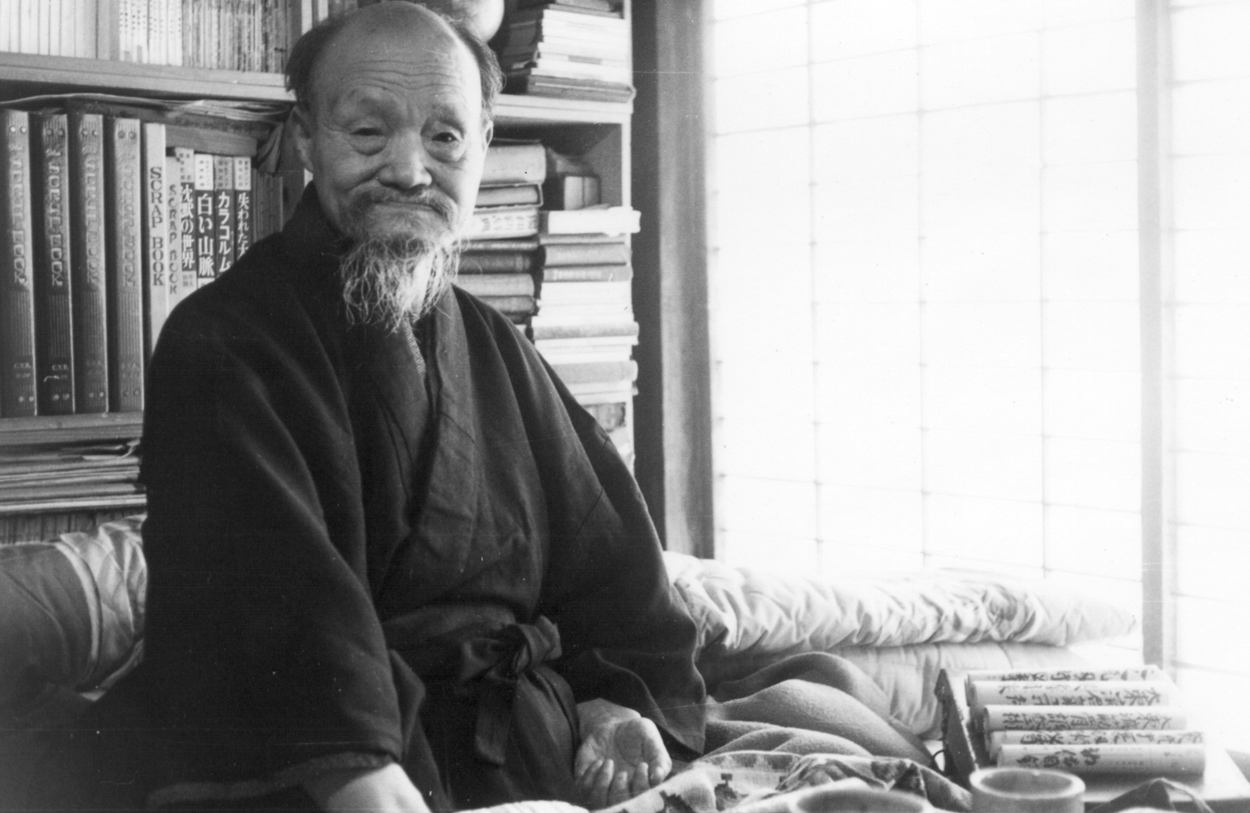
Kotaro YOSHIDA
【Kotaro YOSHIDA(1883~1966】
He took the effort to introduce Morihei UESHIBA to Sokaku TAKEDA. Sokaku TAKEDA allowed him to become a substitute instructor. His disciples includeMasutatsu OYAMA, the founder of Kyokushin KARATE, Choi Yong Sul (Asao Yoshida), the founder of Korean Hapkido,and Katsuyuki KONDO (who later studied under Tokimune TAKEDA).
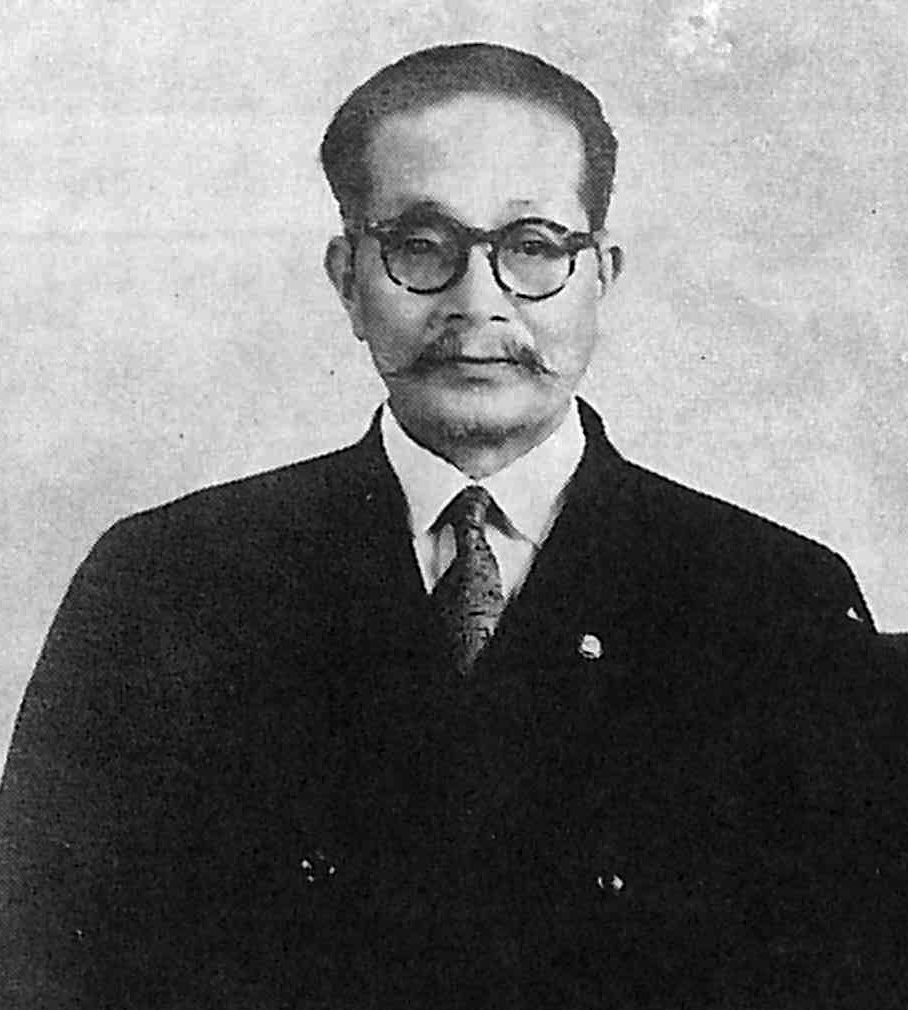
Toshimi MATSUDA
【Toshimi MATSUDA(1895~?)】
Established Shobu-kan Dojo in Asahikawa, Hokkaido and taught Daito-ryu AIKI Jujutsu. His disciples include Takeshi MAEDA, Motonobu TAKARADA, and Ryuho OKUYAMA,the founder of Hakko-ryu Jujutsu, who later also studied under Sokaku TAKEDA.
【Web AIKI Course Part 1:Knowledge of AIKI】
Series 1「What is AIKI ?」
Series 2「Daito-ryu founded by Sokaku TAKEDA」
Series 3「Genealogy of Daito-ryu 1」
Series 4「Genealogy of Daito-ryu 2」
Series 5「Ryu-ha derived from Daito-ryu」
Series 6「How AIKI Works」
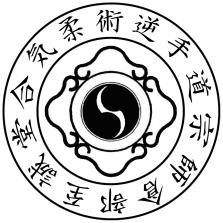 KURABE Makoto SHISEIDO
KURABE Makoto SHISEIDO
representative of AIKI JUJUTSU GYAKUTE-DO
Facebook: AIKI Jujutsu Gyakute-do
Wrote & supervised by KURABE Makoto SHISEIDO, 2nd Soushi(Grand master) of AIKI Jujutsu Gyakute-do
He was born in 1950 in Kashiwa city Chiba prefecture. Graduated PHD course of Science University of Tokyo. After learning Judo and Shito-ryu Karate-do, started learning Gyakute-do Jujutsu which was created under influence of Hakko-ryu Jujutsu and the other Ko Bujutsu. Since TANAKA Tadashi CHUSHUDO, founder of Gyakute-do, 1st Soushi, passed away and the Ryuha died out without a successor, he had started instructing Gyakute-do seriously to the local Budo fans in the Netherlands so that he can let the name Gyakute-do would not disappear. Besides, during pursuing Gyakute-do, he had discovered the theory of AIKI and had established the methods to realize AIKI and the practicing way in his original way successfully.
Time to time he often writes for the Japanese martial arts journal “Hiden”. So far he has published books “Theory of Vibration Modal Analysis”, “Story of Dutch”, “Fast learning AIKI”, etc., DVDs “How to master AIKI” etc.
Learn AIKI by a Combination of
Videos and Articles!!
» At the starting of AIKI Web Course
with Videos and Free Articles
AIKI Web Course Part 2 24 Lessons
-
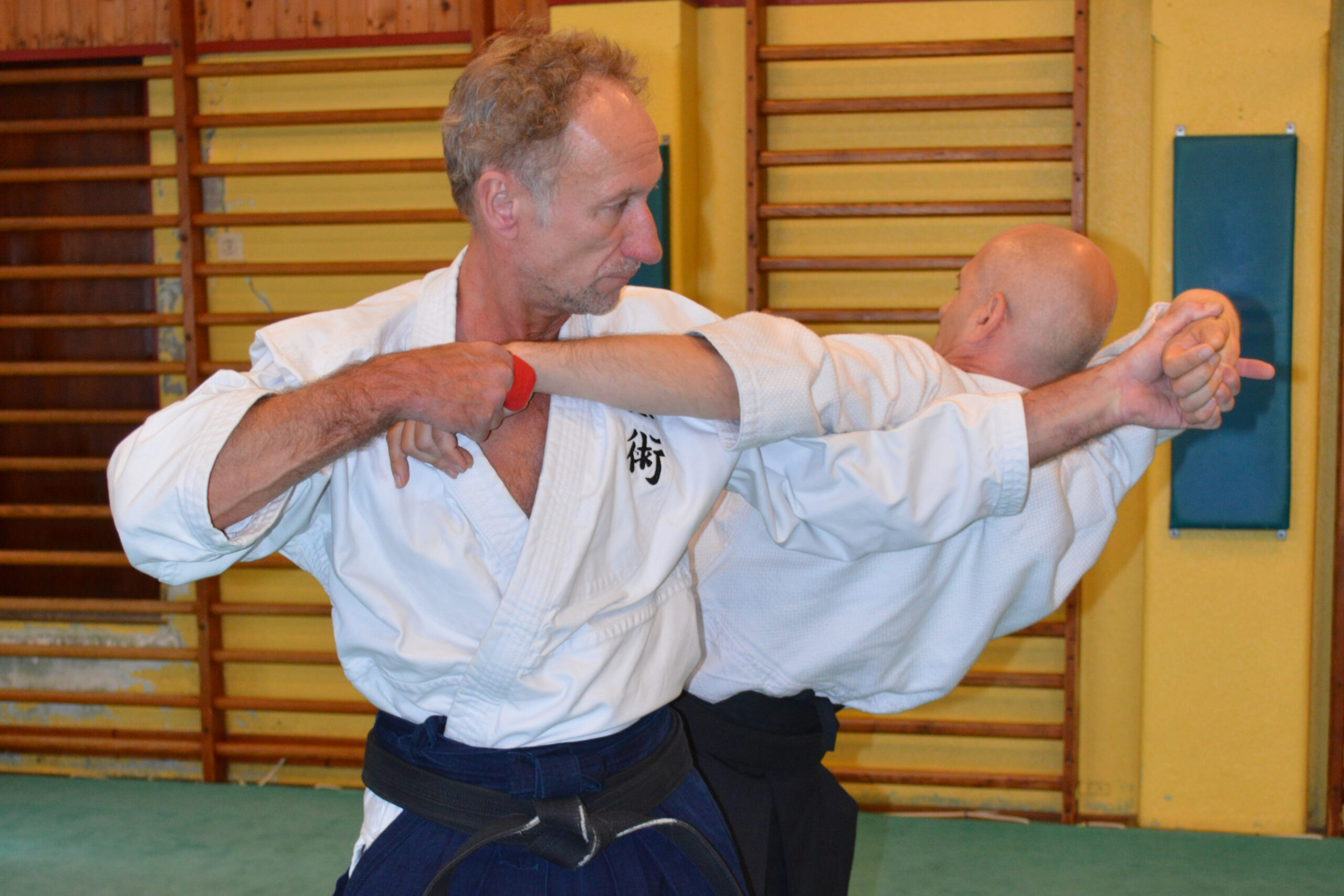
【AIKI JUJUTSU GYAKUTE-DO Series No.5】How you can learn Jujutsu properly
-
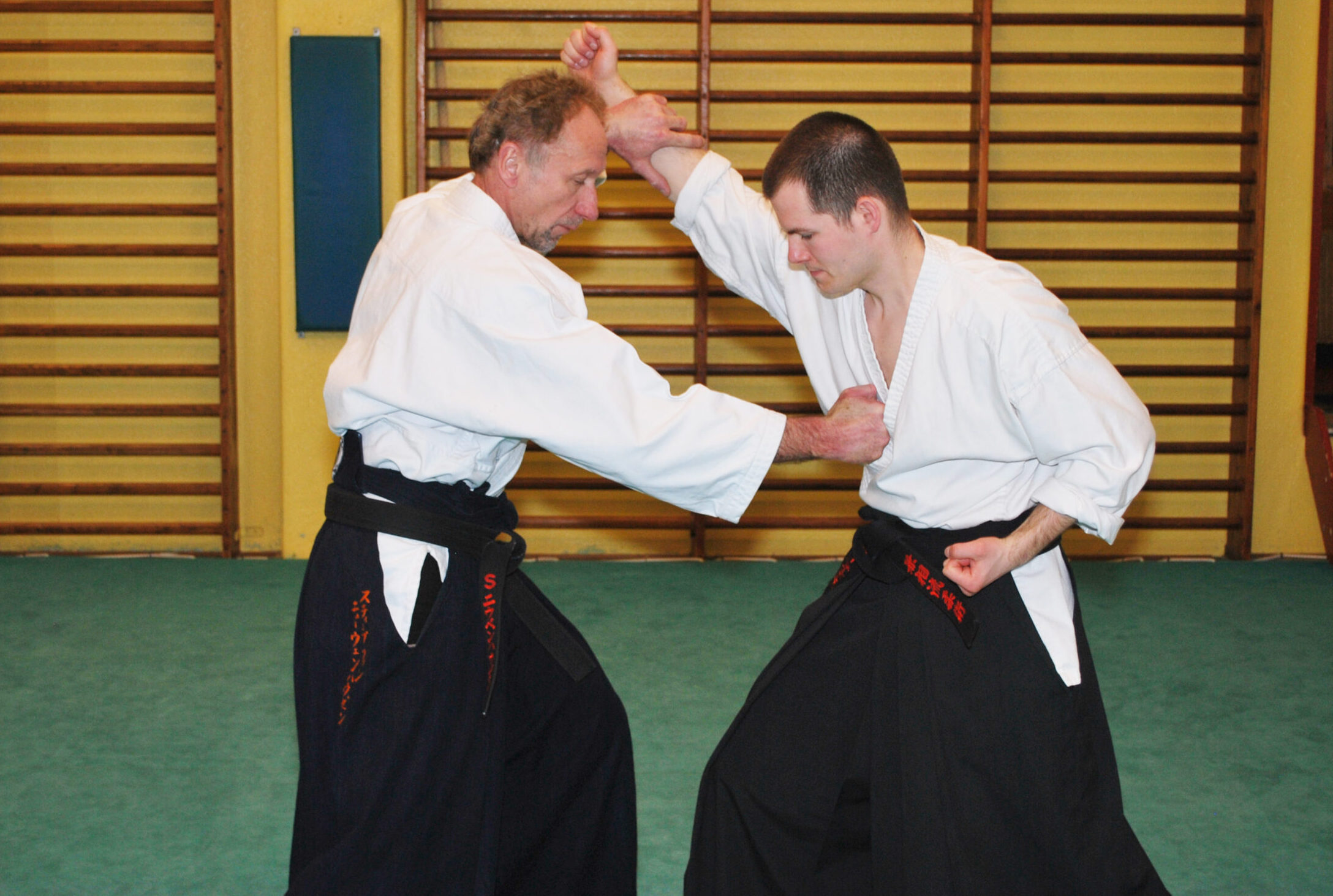
【AIKI JUJUTSU GYAKUTE-DO Series No.4】DAKEN-HO Hit and Kick KATA and AIKI
-
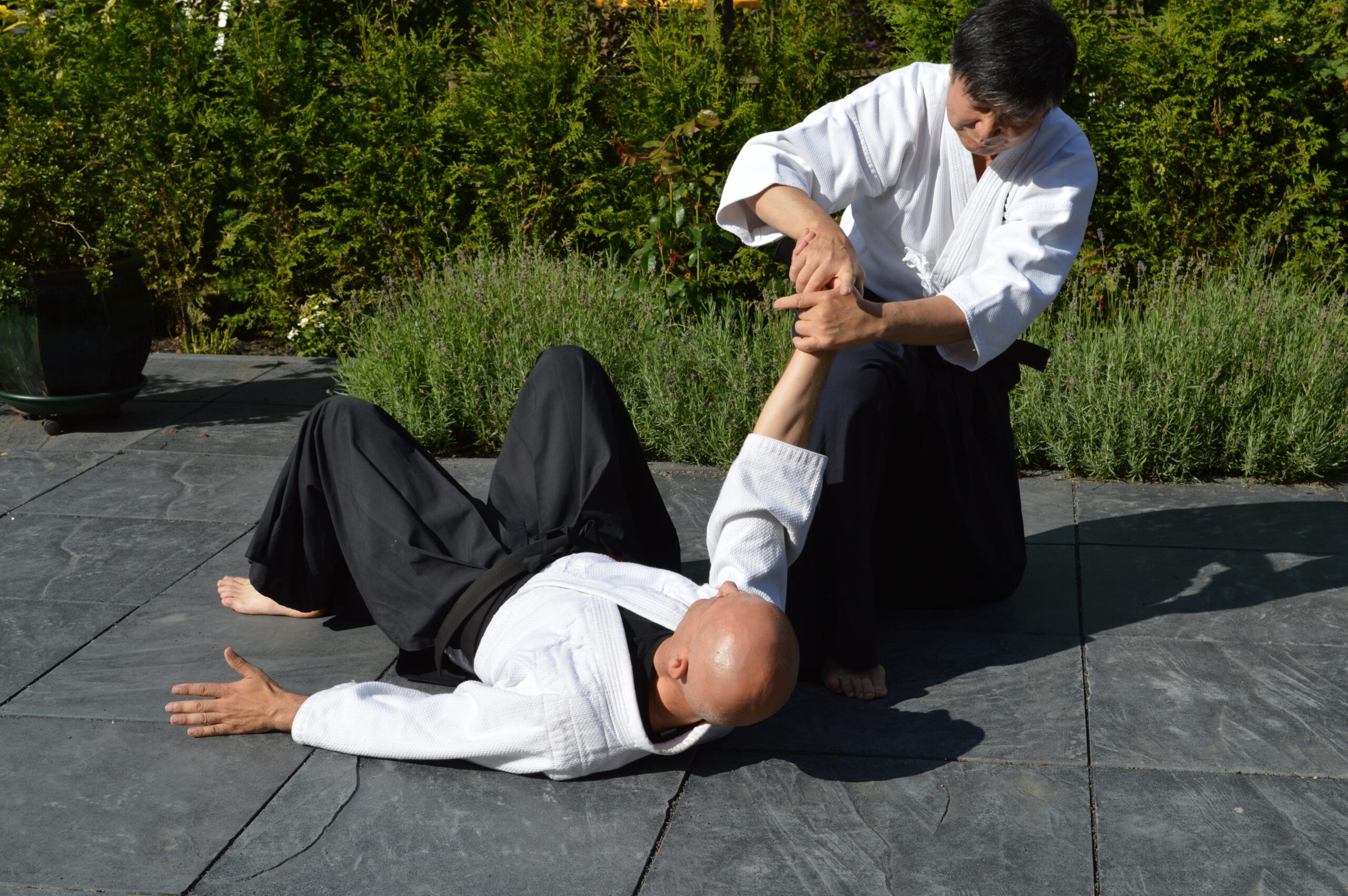
【AIKI JUJUTSU GYAKUTE-DO Series No.3】JUJUTSU WAZA, digest of FUDO
-
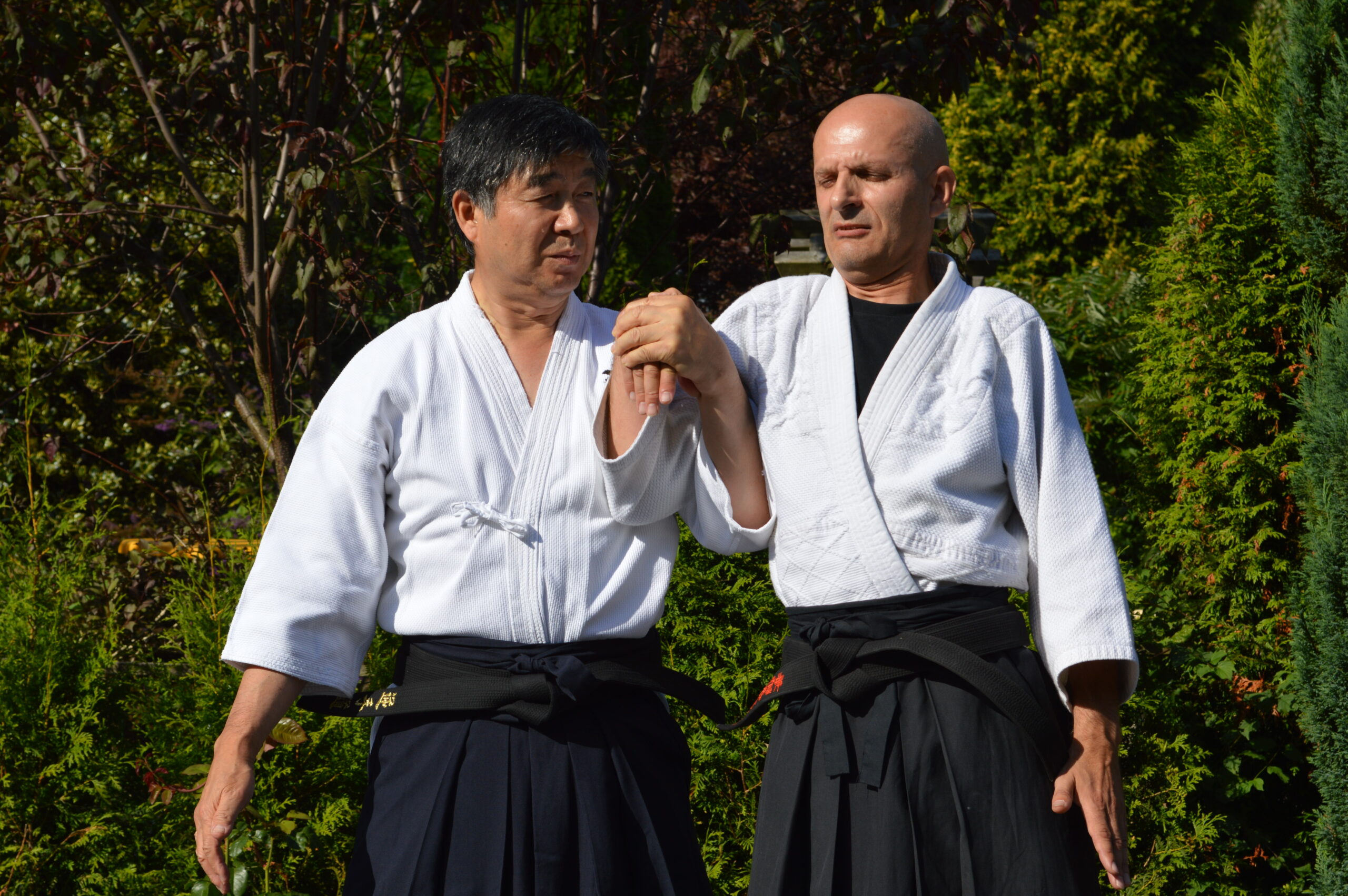
【AIKI JUJUTSU GYAKUTE-DO Series No.2】JUJUTSU WAZA, digest of NUKI, RENKO and NAGE
-
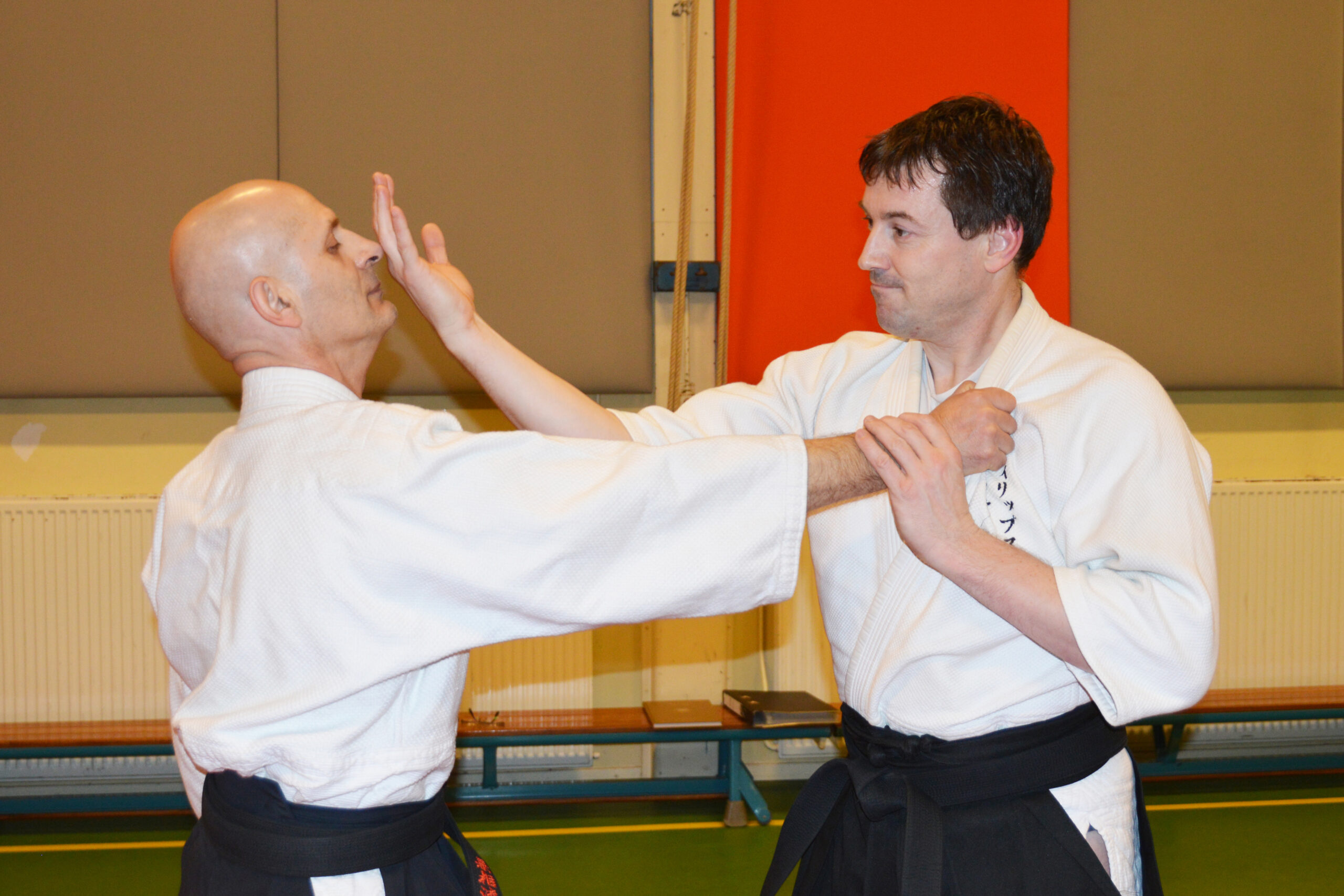
【AIKI JUJUTSU GYAKUTE-DO Series No.1】About GYAKUTE-DO and the digest of its basic techniques
-
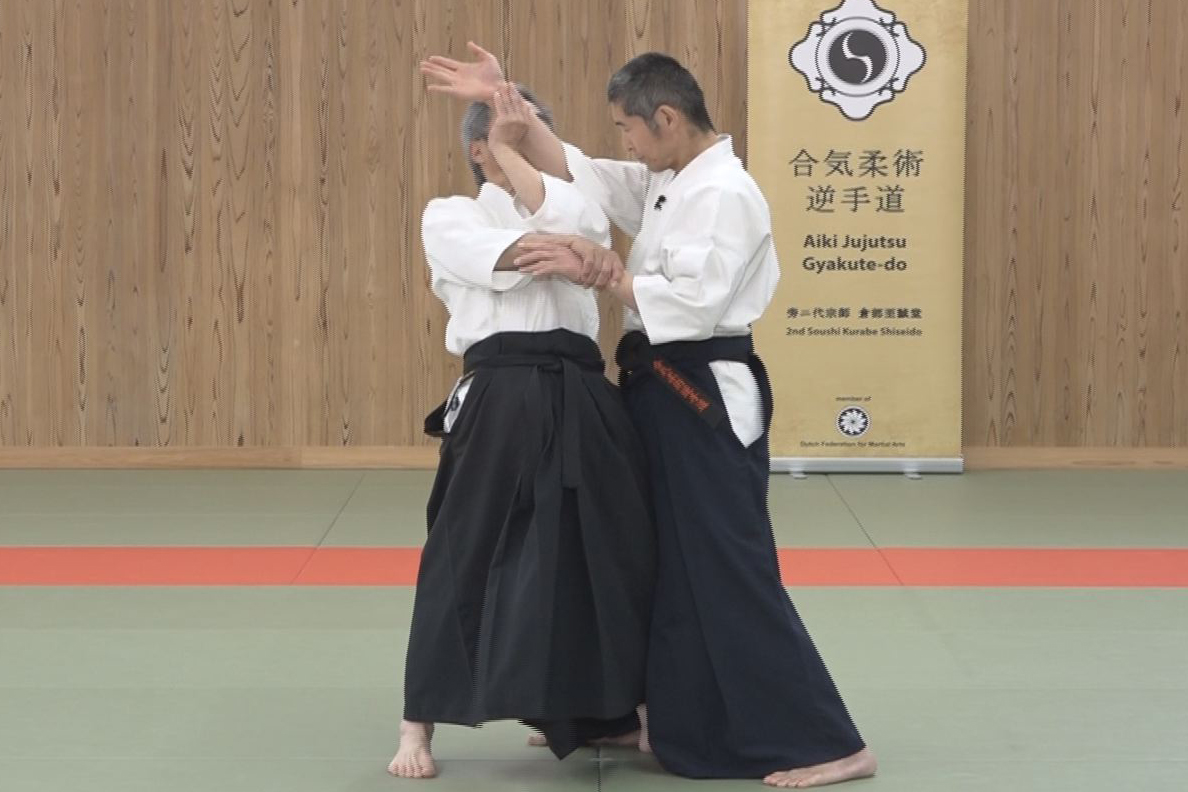
Lesson 24 With Comb. of Different Methods #2
-
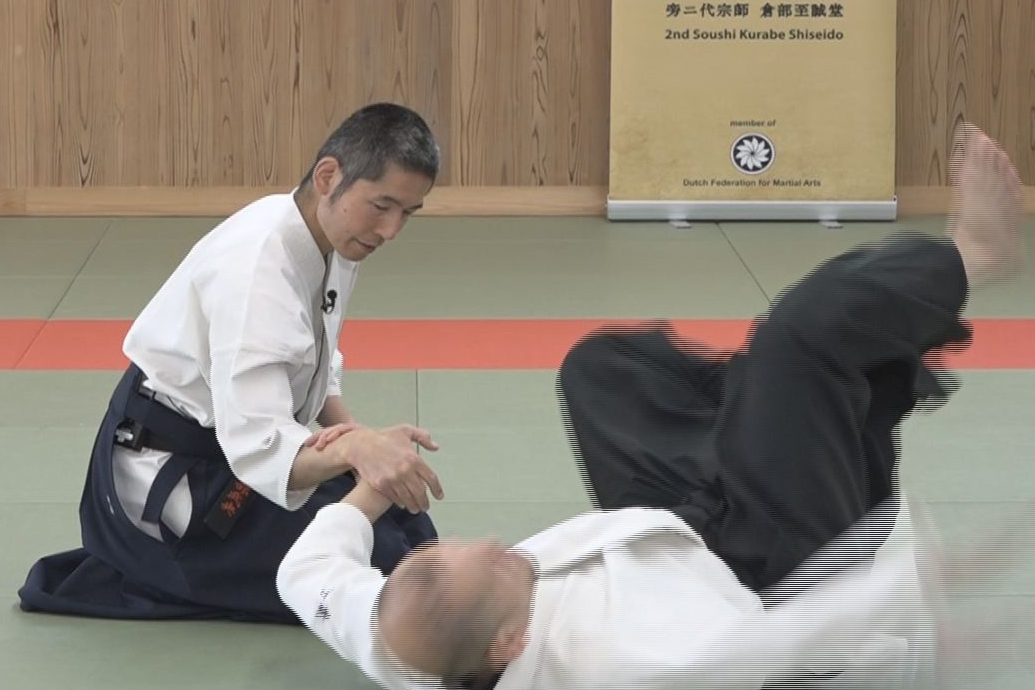
Lesson 23 With Comb. of Different Methods #1
-

Lesson 22 Advanced Tech. using F. E. method #2
-

Lesson 21 Advanced Tech. using F. E. method #1
-
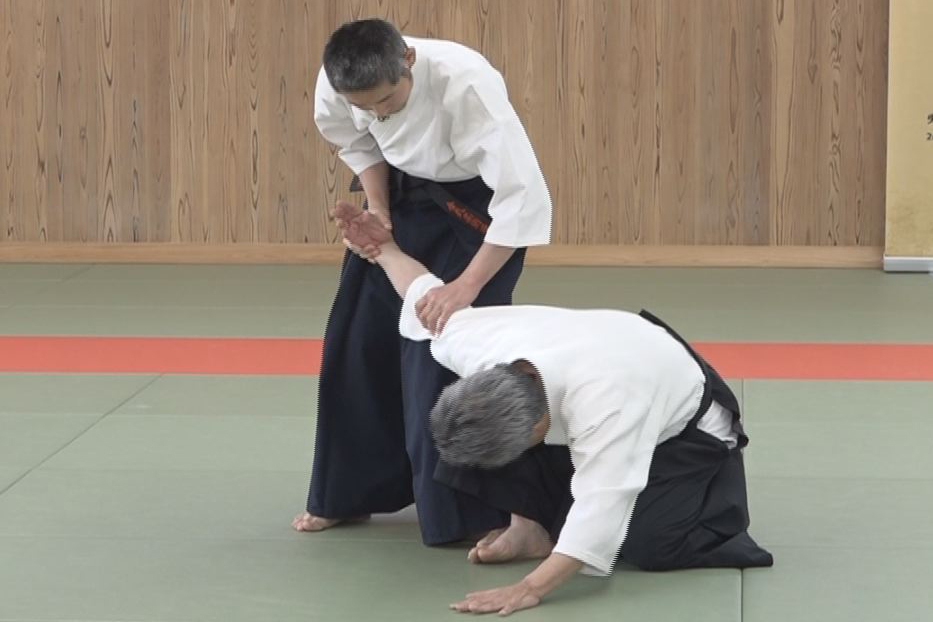
Lesson 20 Advanced tech. using T. F. T. #2
-
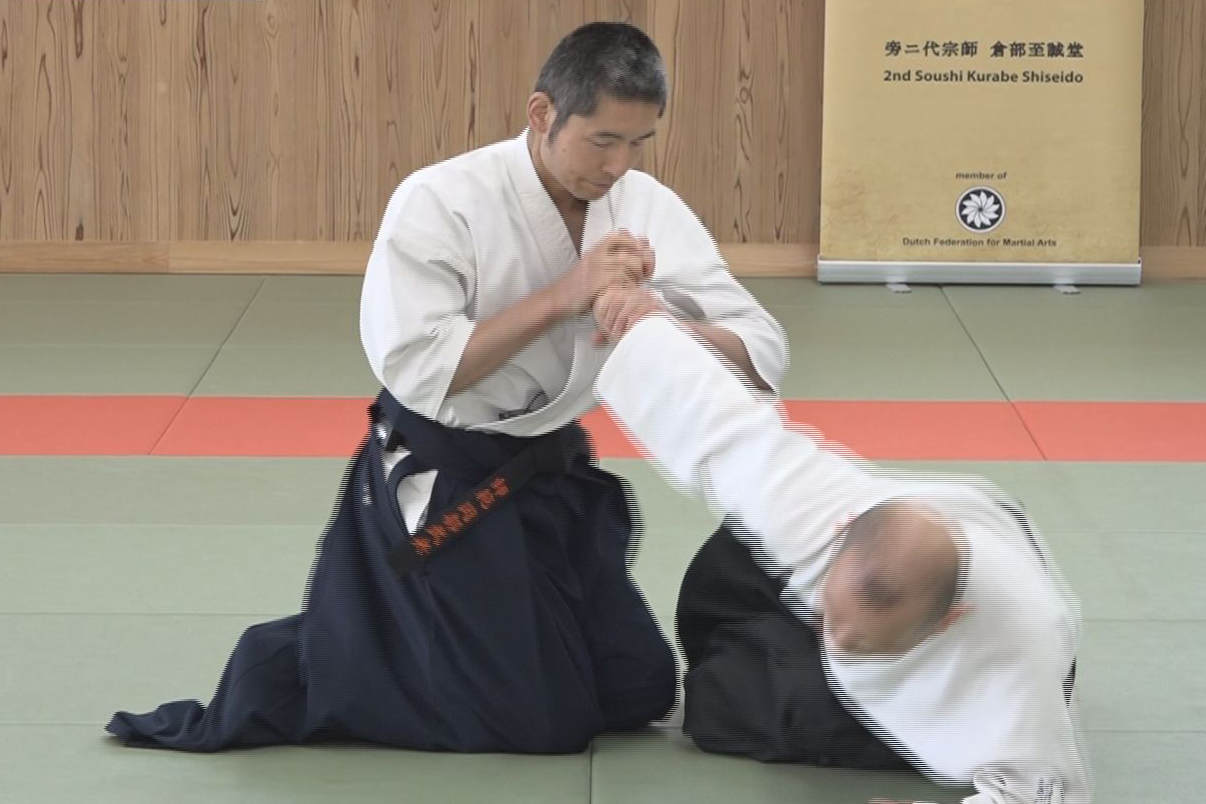
Lesson 19 Advanced tech. using T. F. T. #1
-
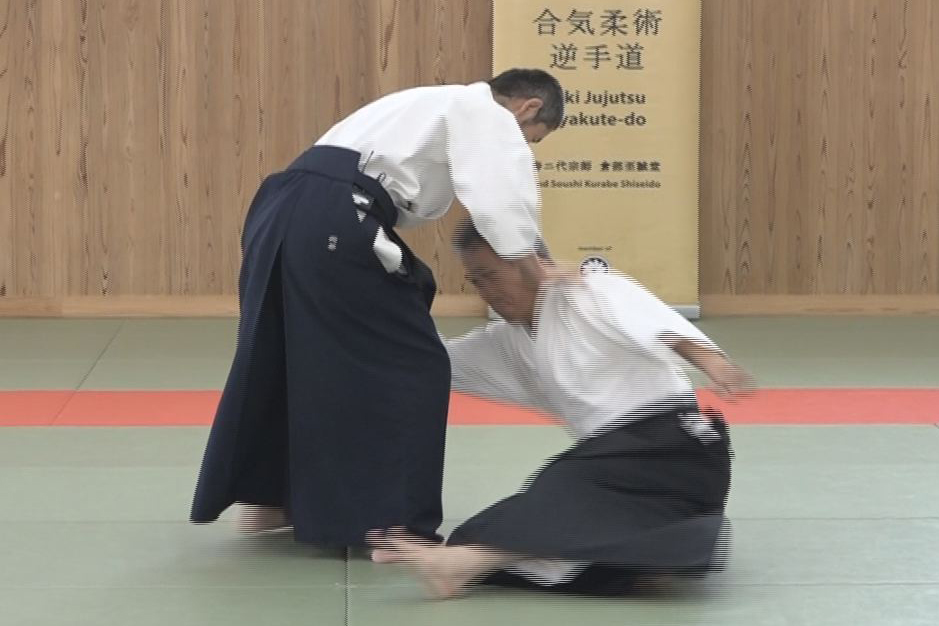
Lesson 18 Advanced tech. using AIKI Contact #2
-
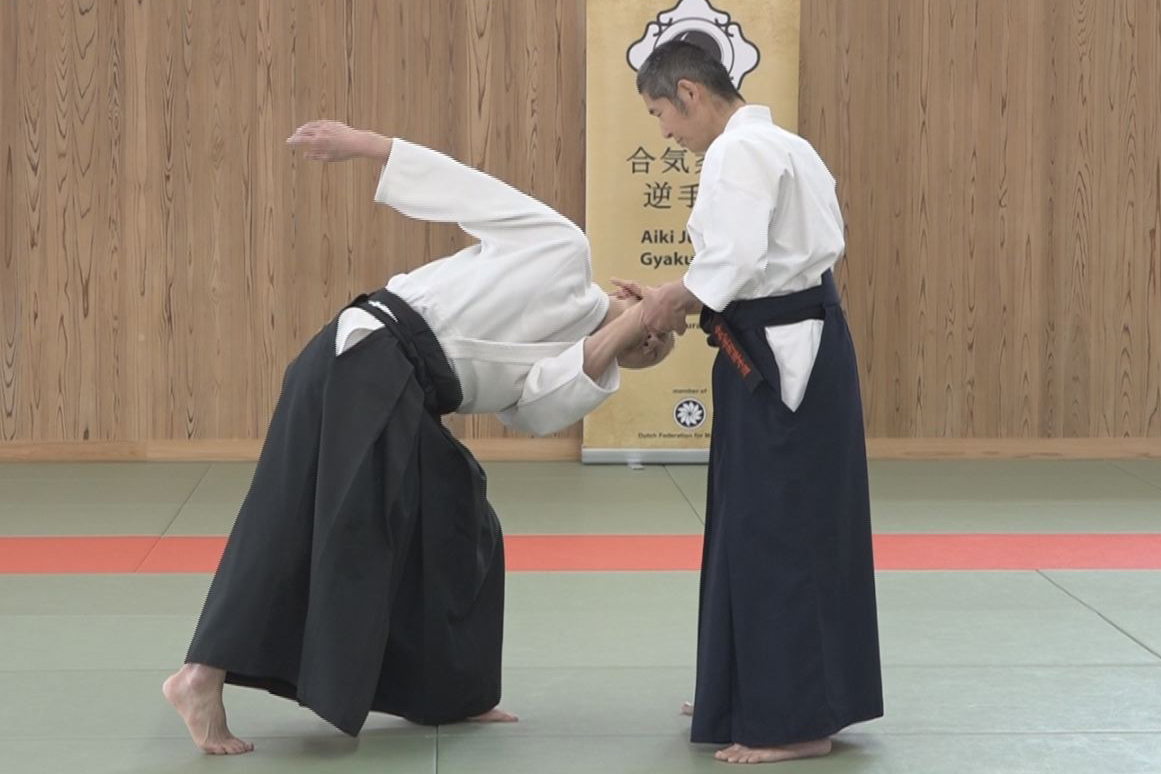
Lesson 17 Advanced tech. using AIKI Contact #1
-
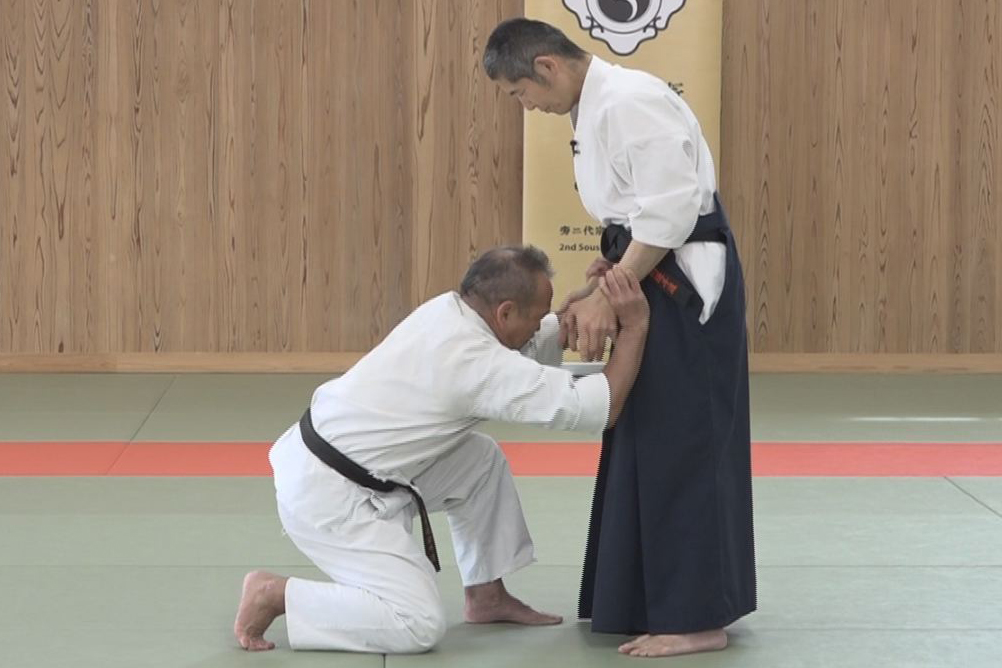
Lesson 16 Advanced tech. by Undetectable F.T. #2
-
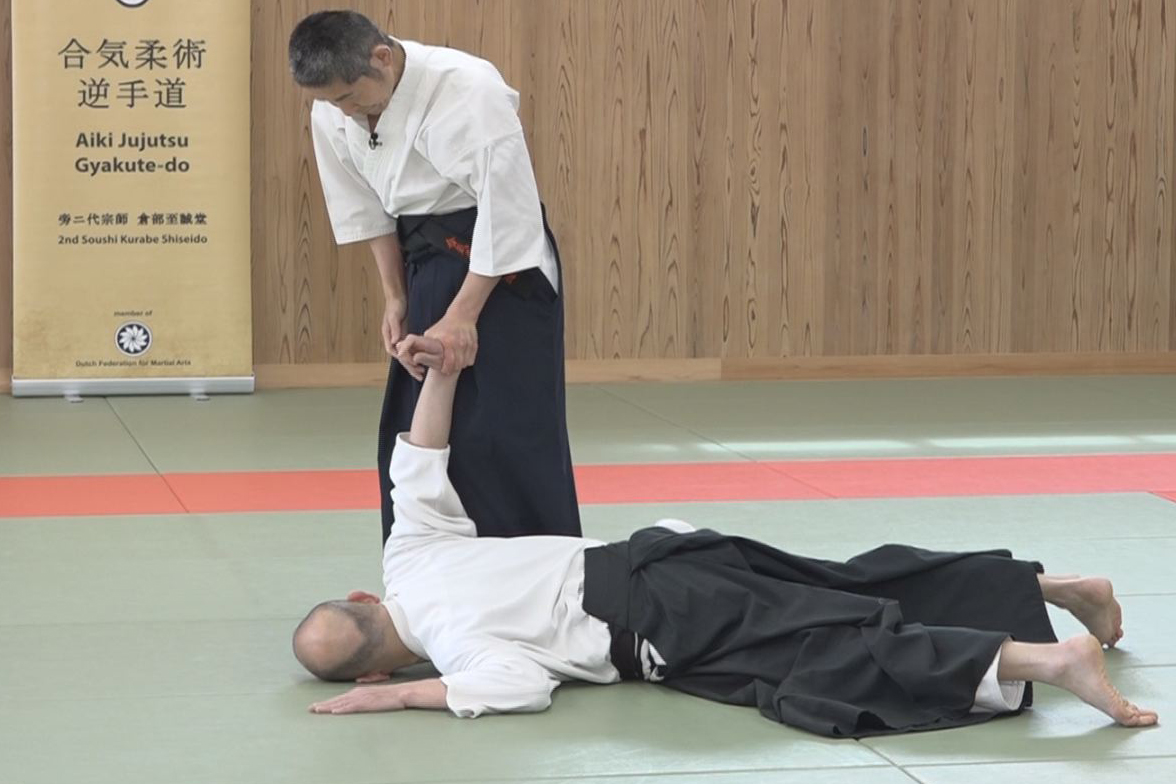
Lesson 15 - Advanced tech. by Undetectable F. T. #1
-
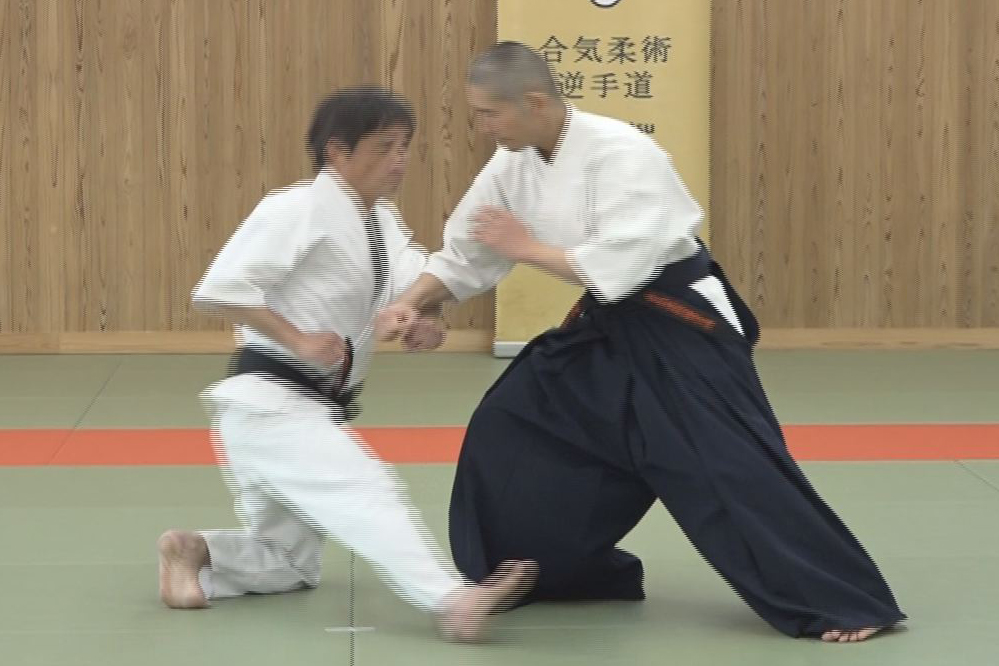
Lesson 14 - Advanced tech. by the Waving method #2
-
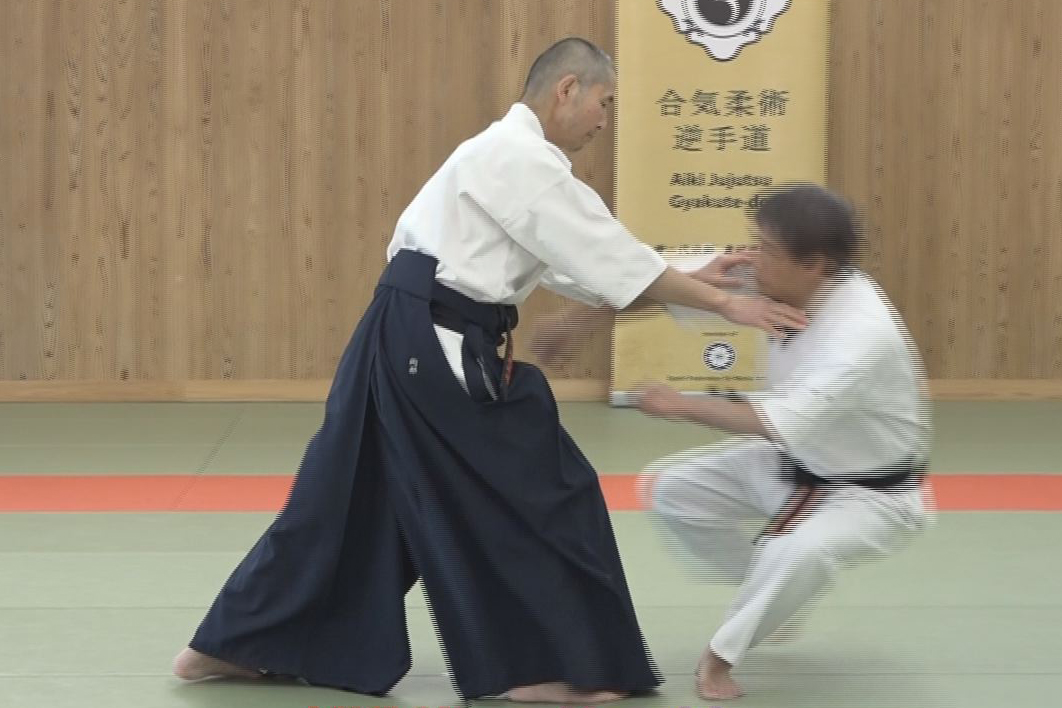
Lesson 13 - Advanced tech. by the Waving method #1
-
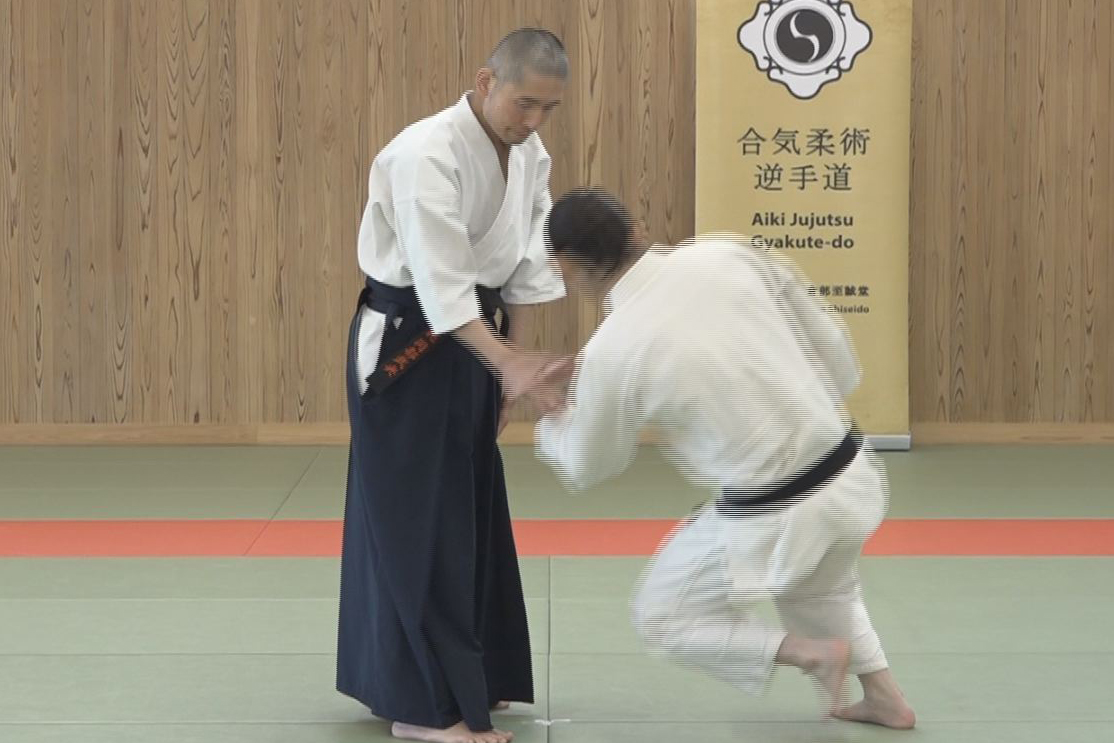
Lesson 12 - Gyaku-te by not Using Force nor AIKI
-
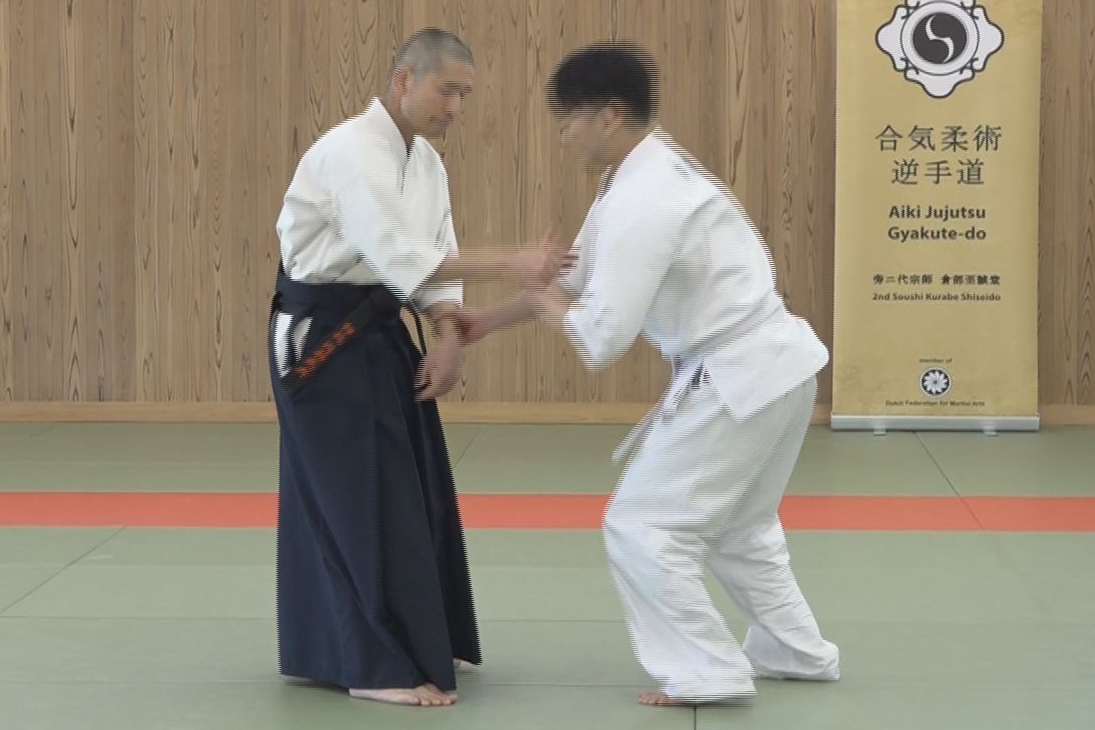
Lesson 11 - Gyaku-te Realized by the AIKI Method
-
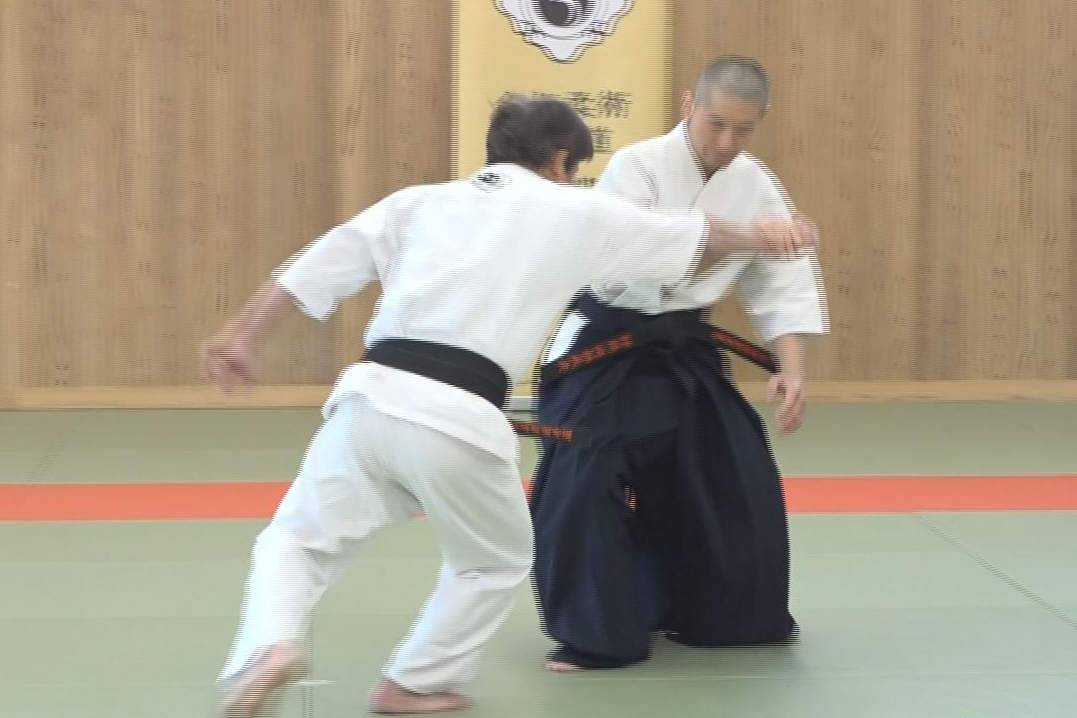
Lesson 10 - Application of Force Equilibrium method
-
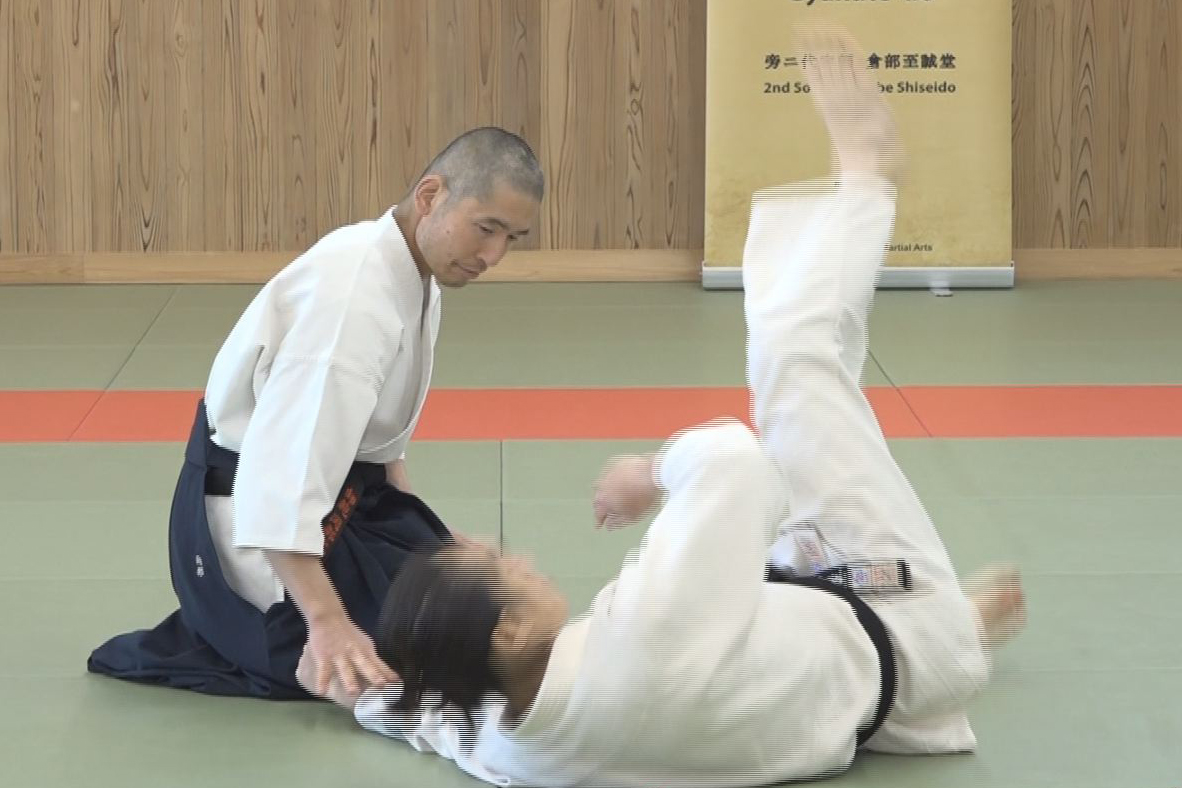
Lesson 9 - Force Equilibrium
-
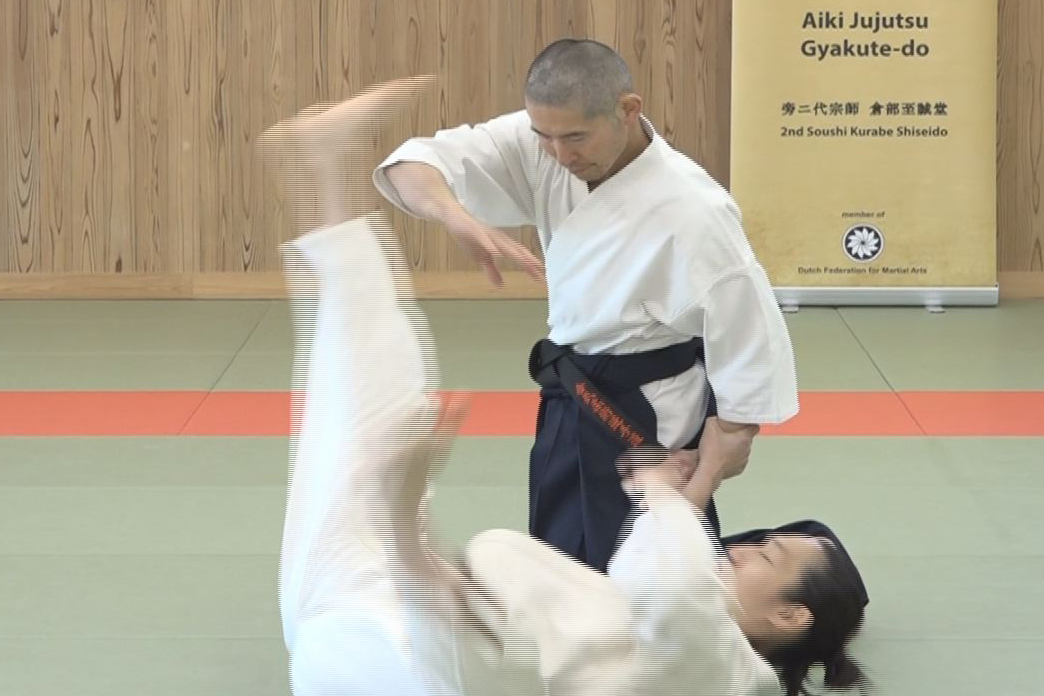
Lesson 8 - Application of Targeted Force Transfer
-
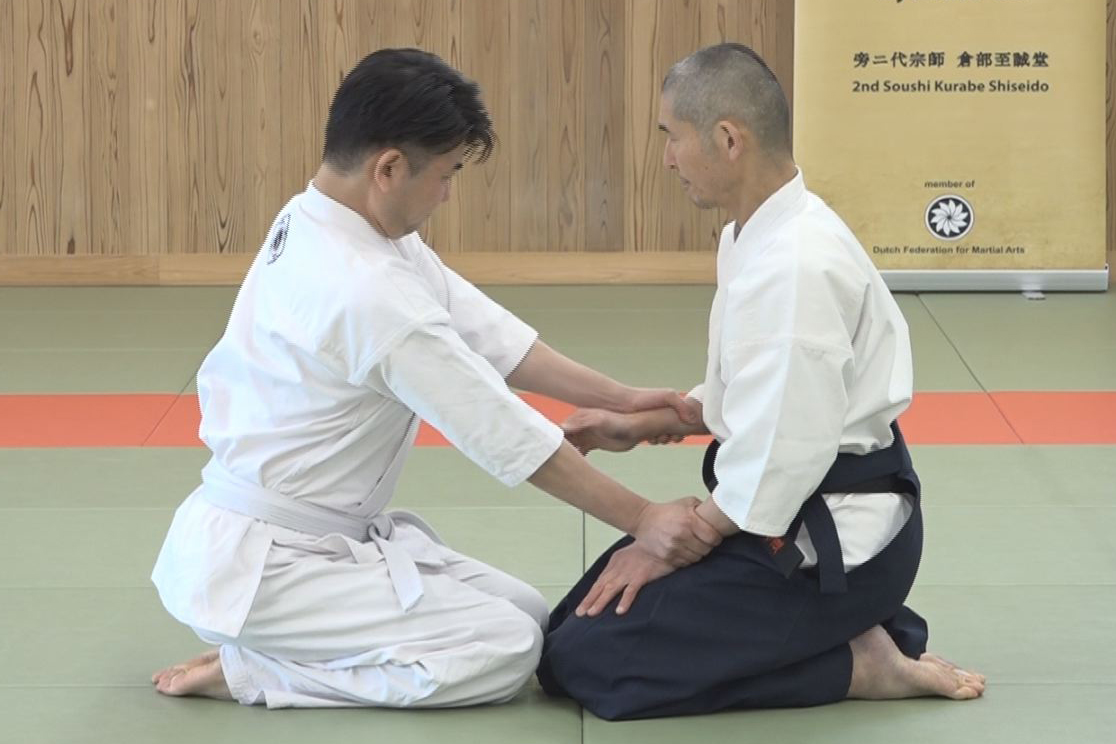
Lesson 7 - Targeted Force Transfer
-
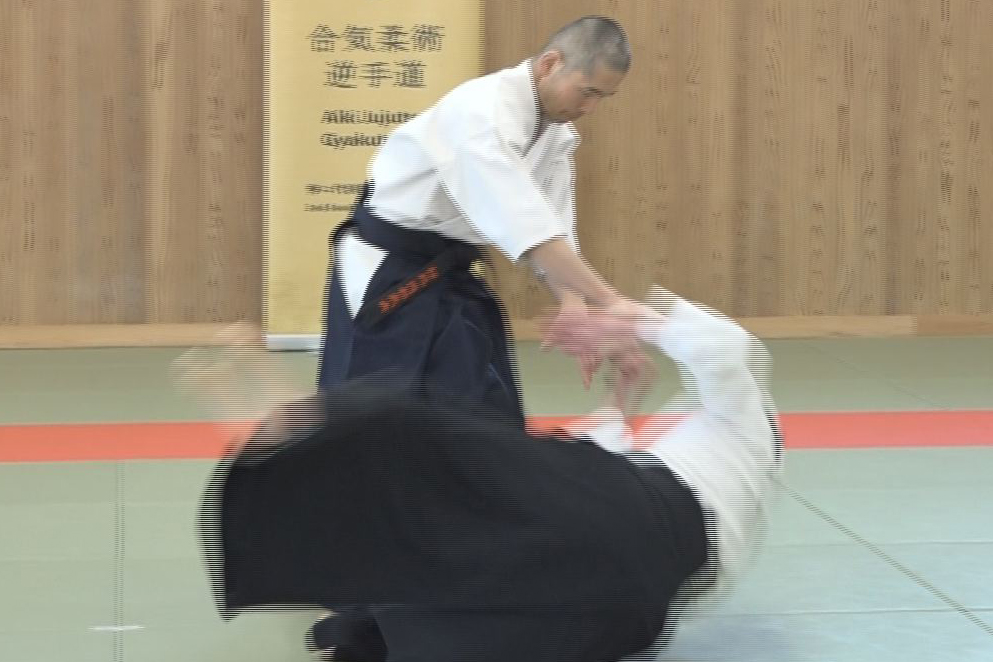
Lesson 6 - Application of AIKI Connection
-
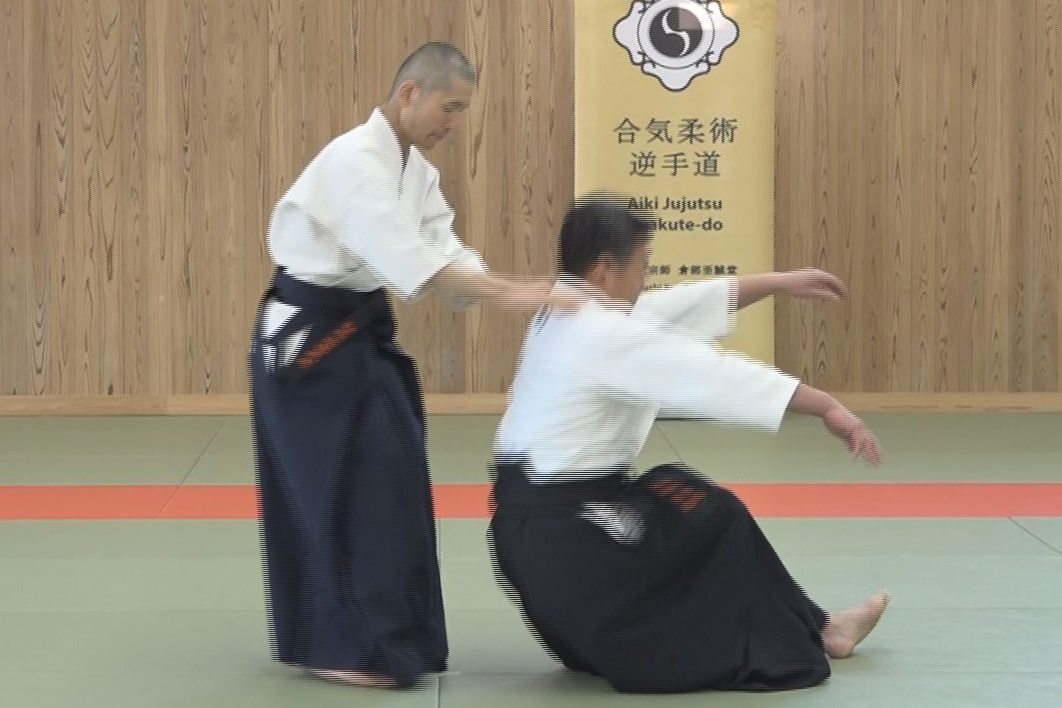
Lesson 5 - AIKI Connection
-
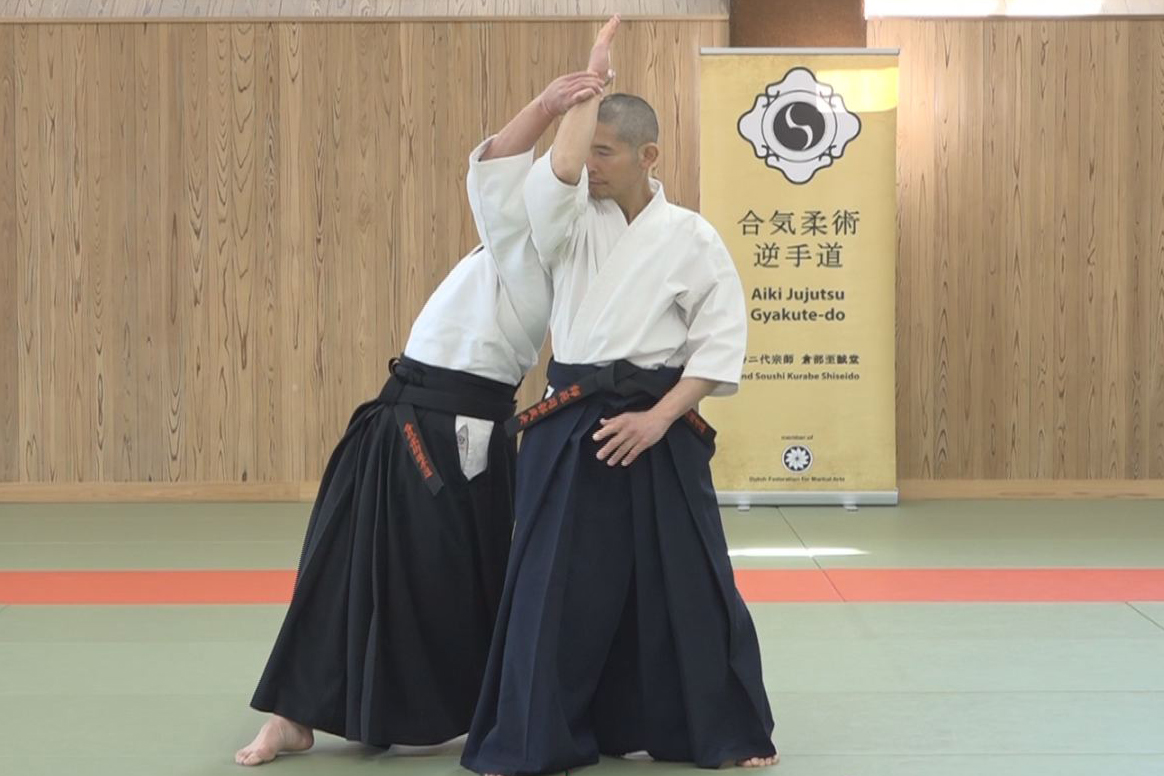
Lesson 4 - Application of Nondetectable Force Transfer
-
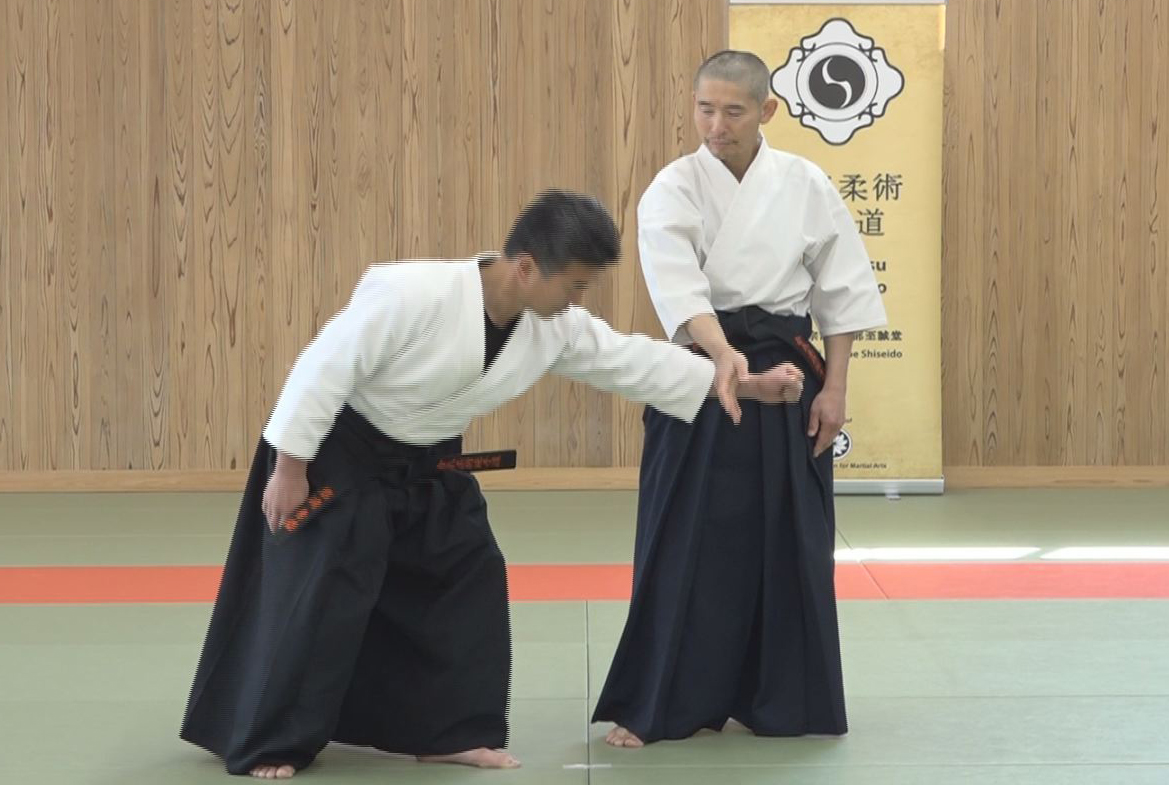
Lesson 3 - Explanation of Undetectable Force Transfer
-
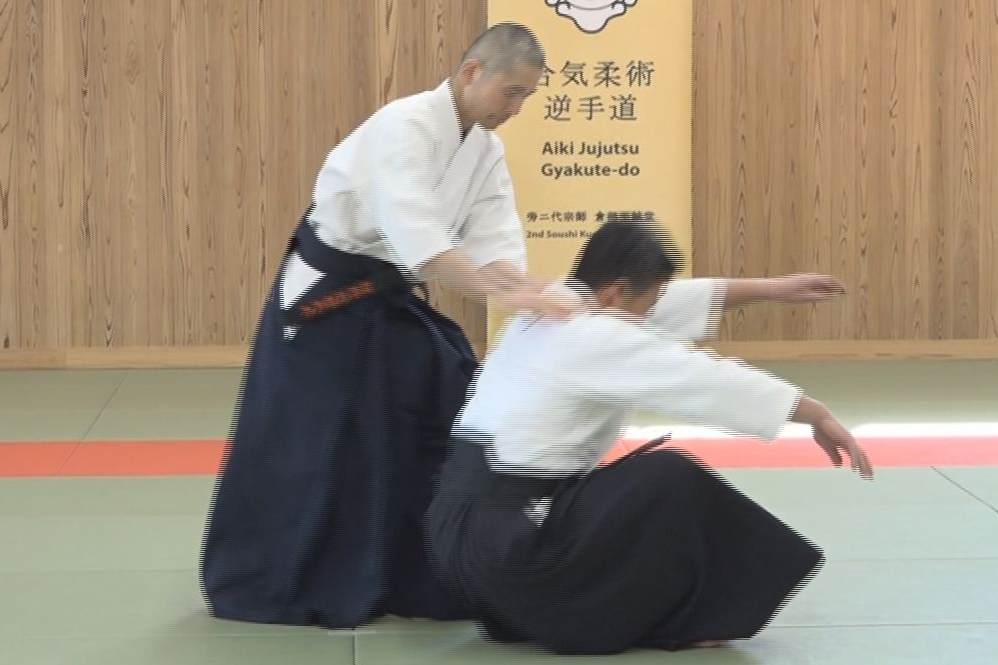
Lesson 2 - Application of Waving Method
-
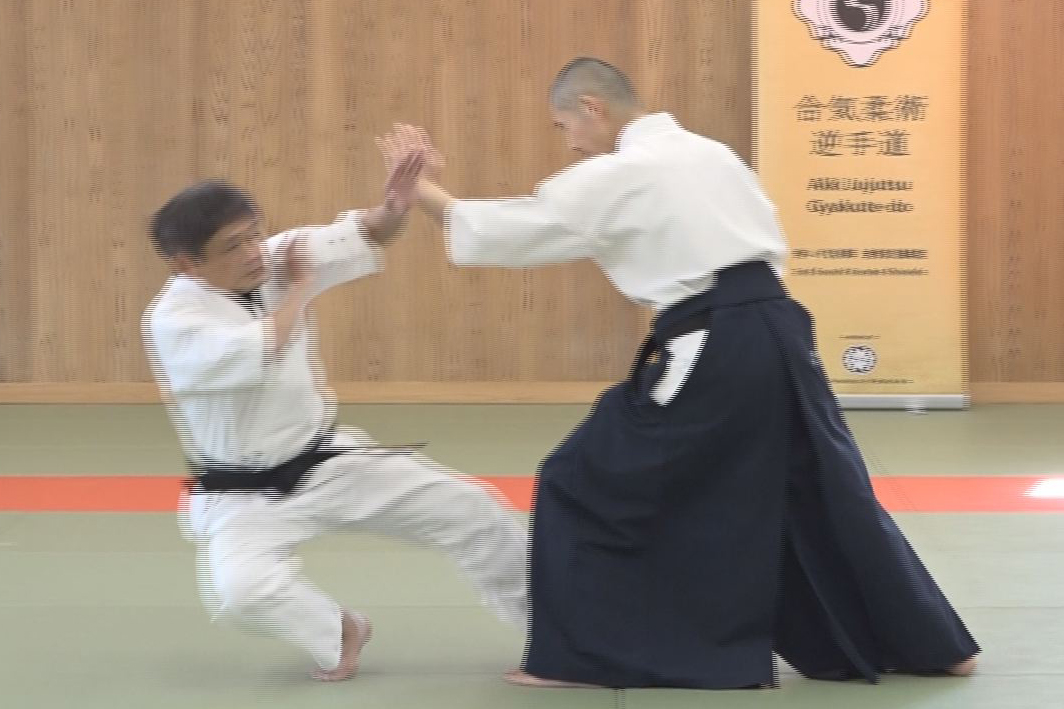
Lesson 1 - The Explanation of Waving Method
-
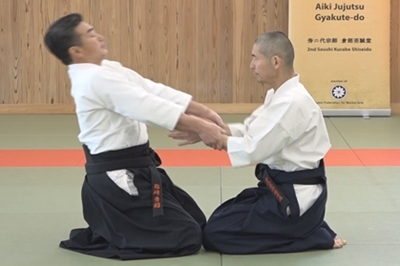
Introduction with video
and Knowledge of AIKI


